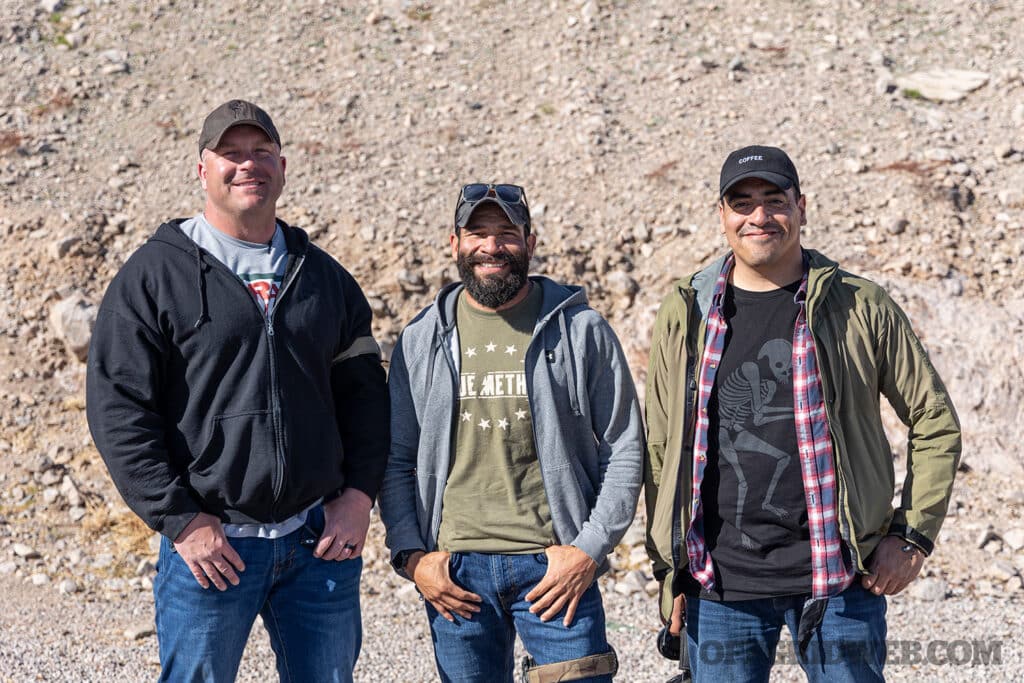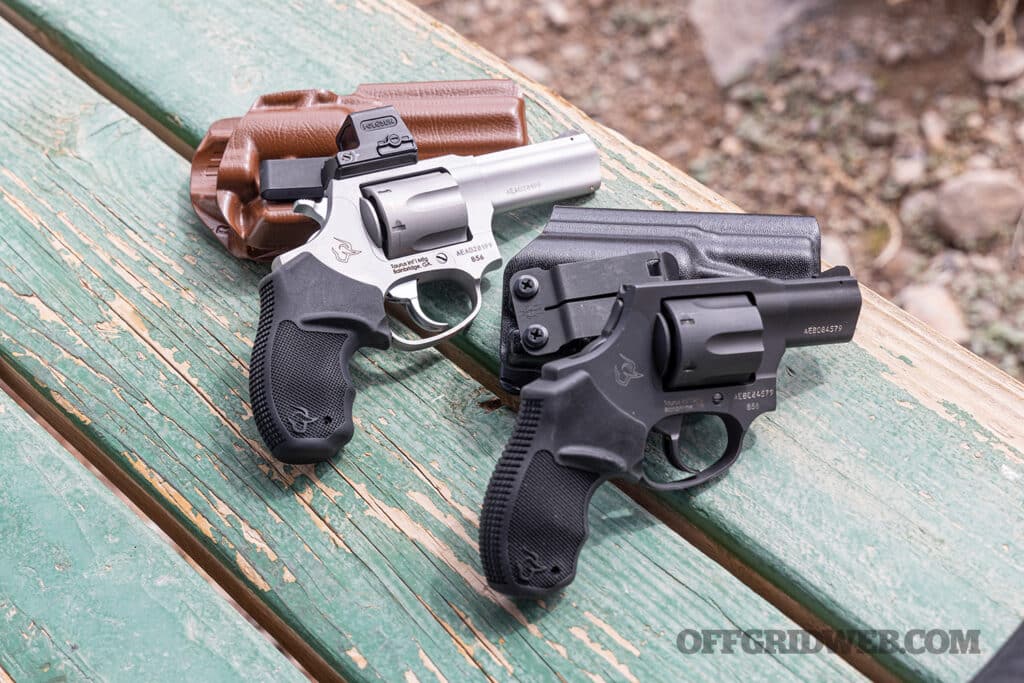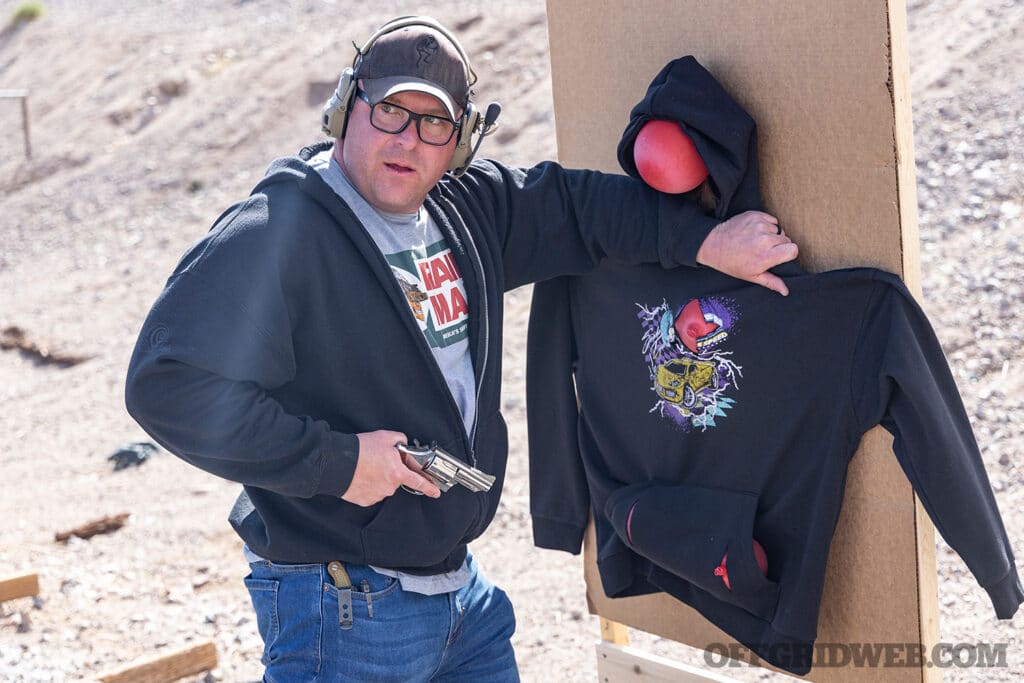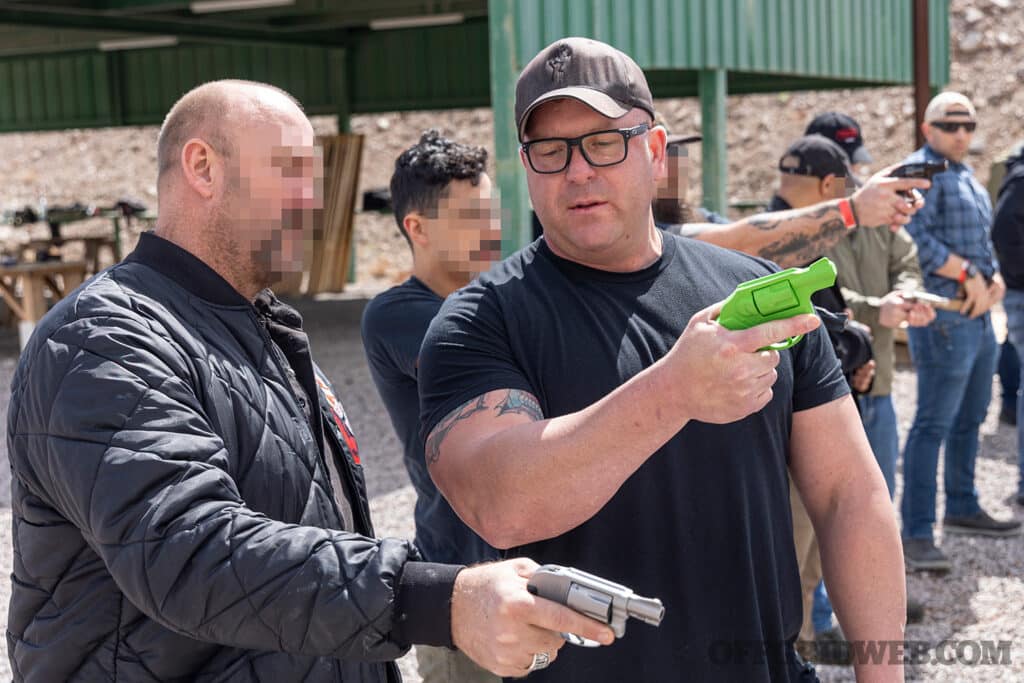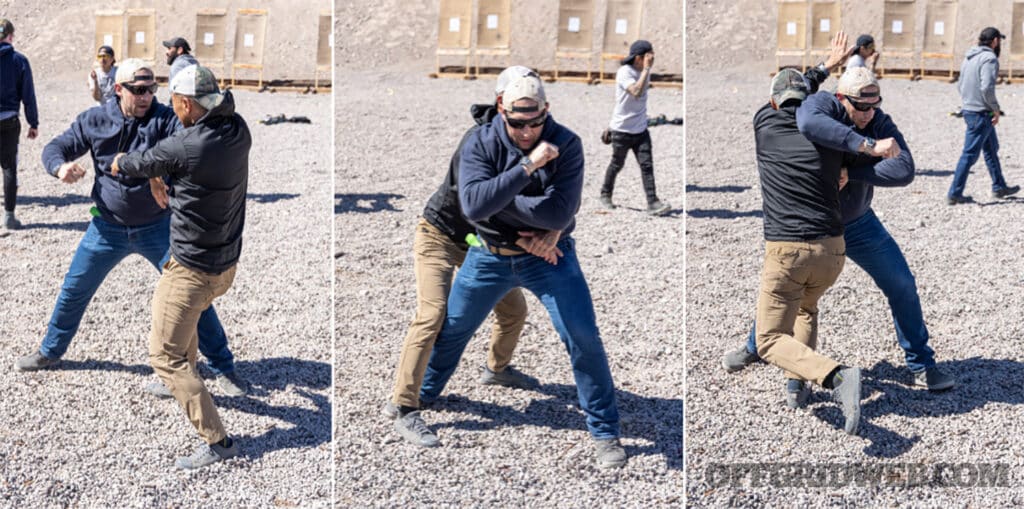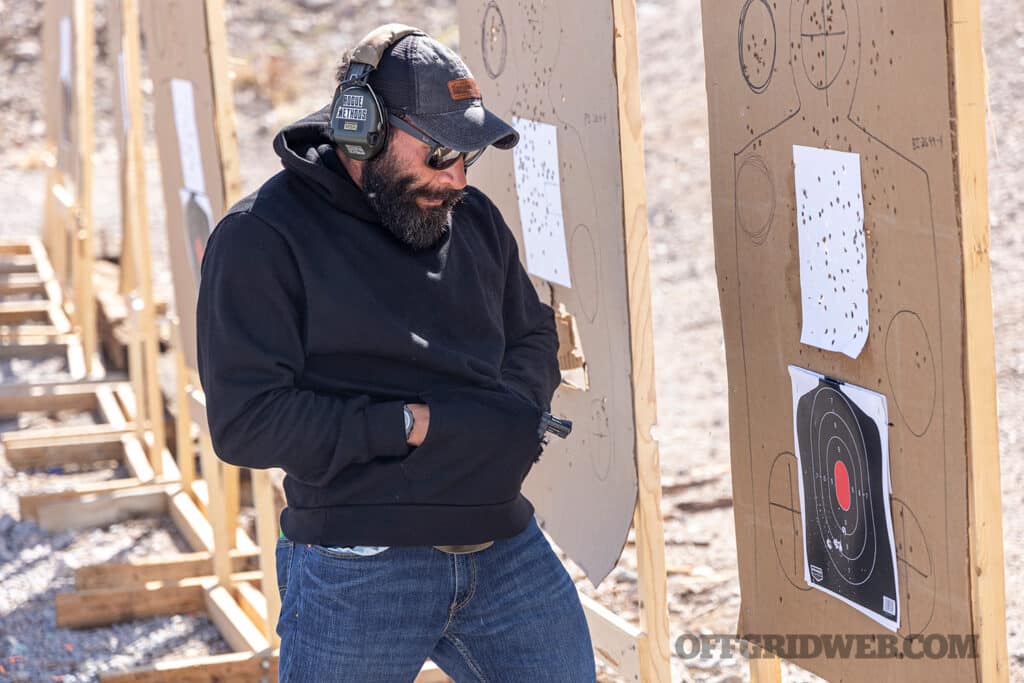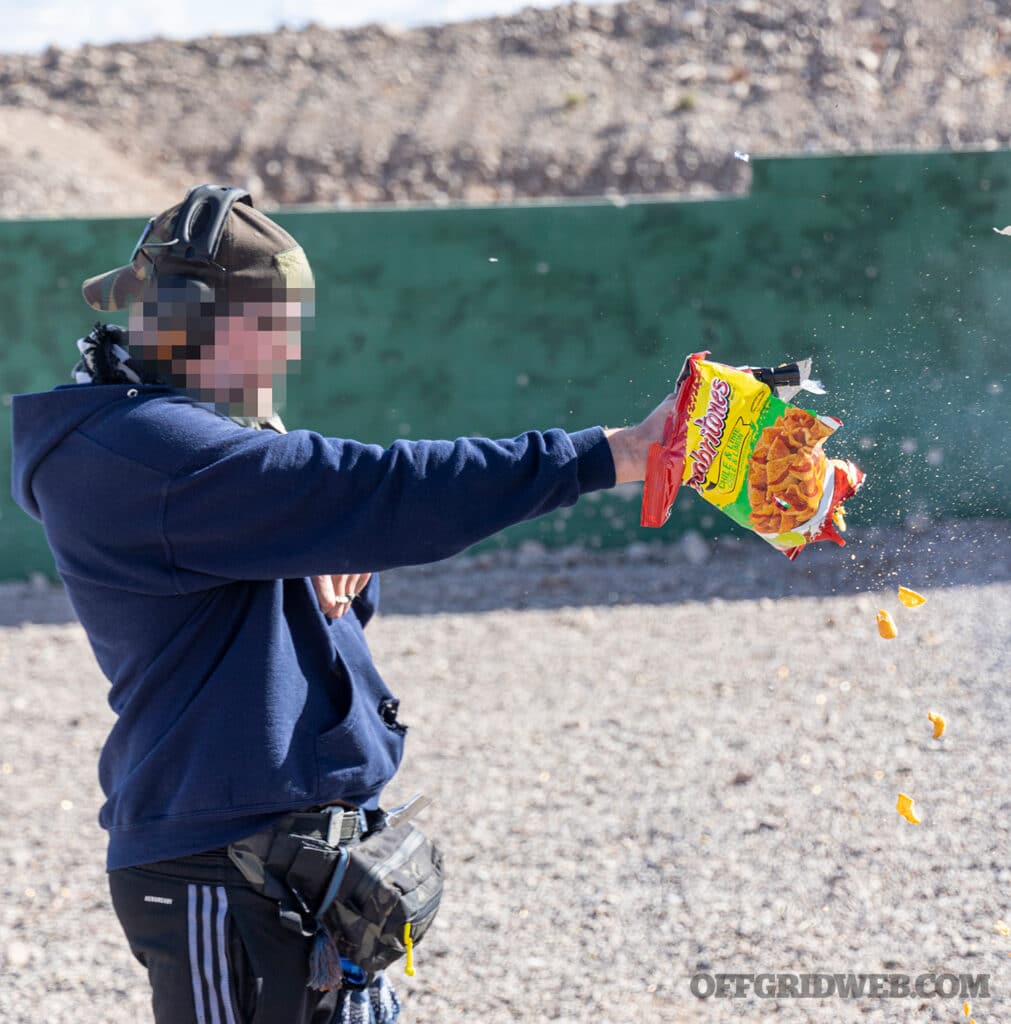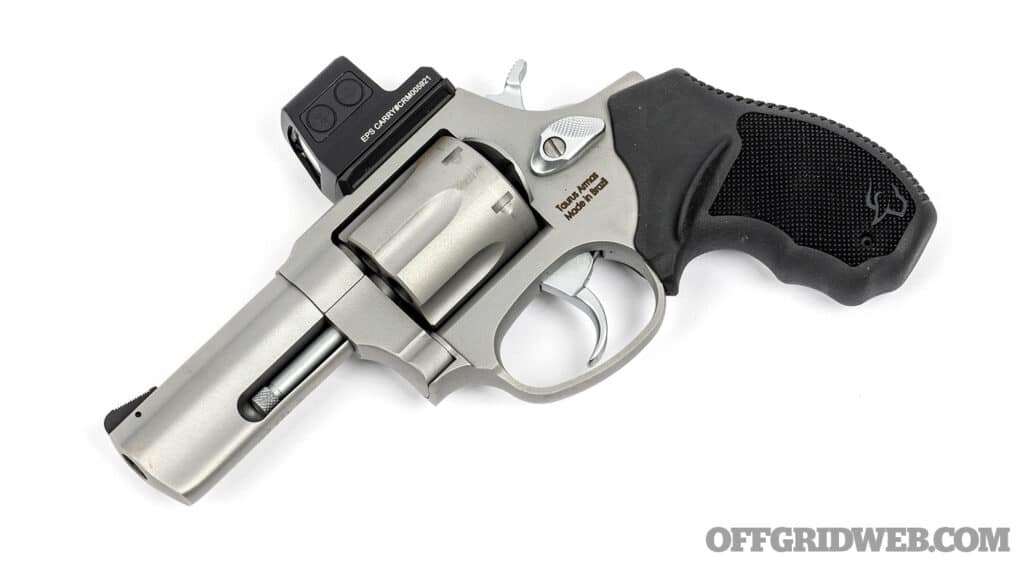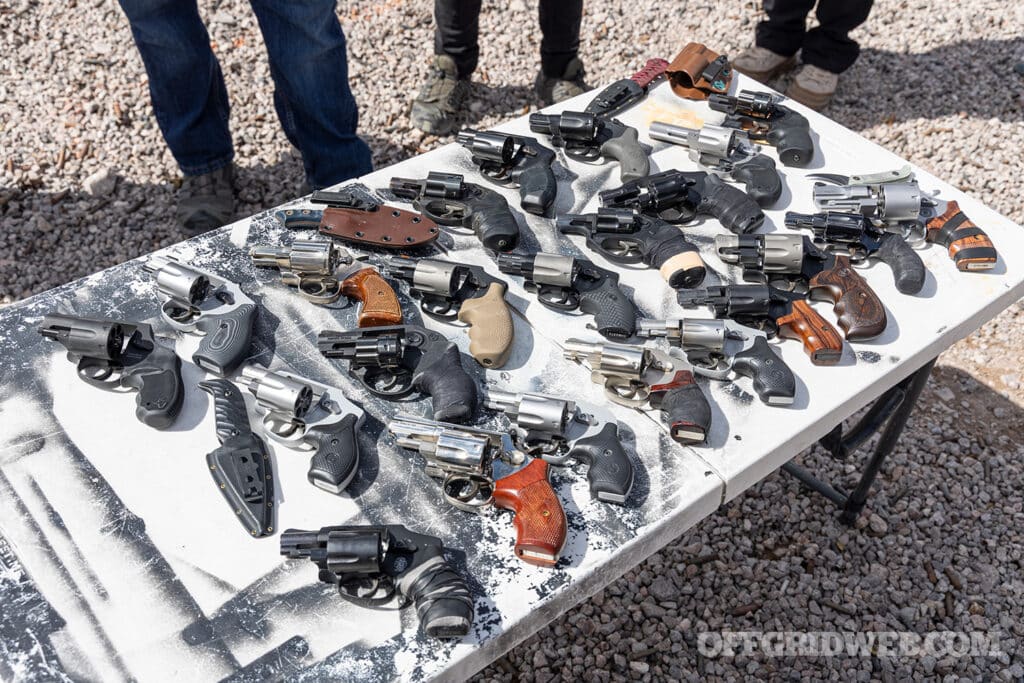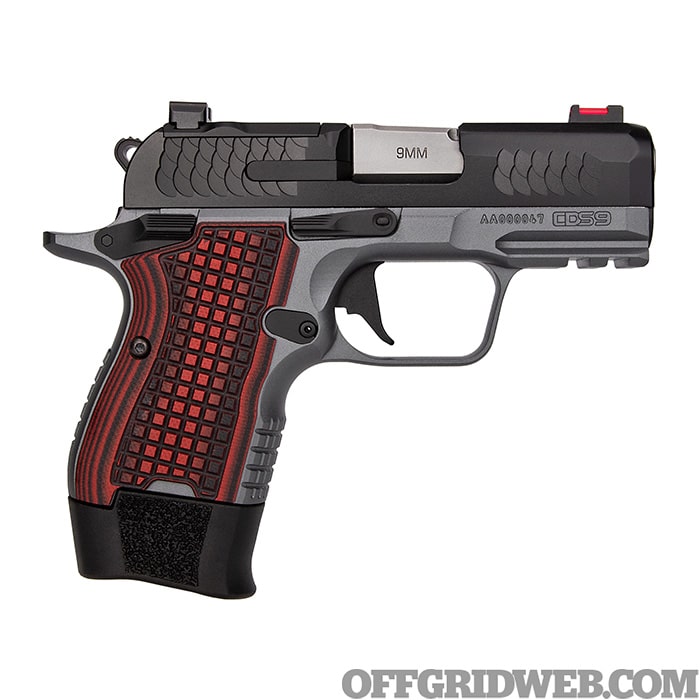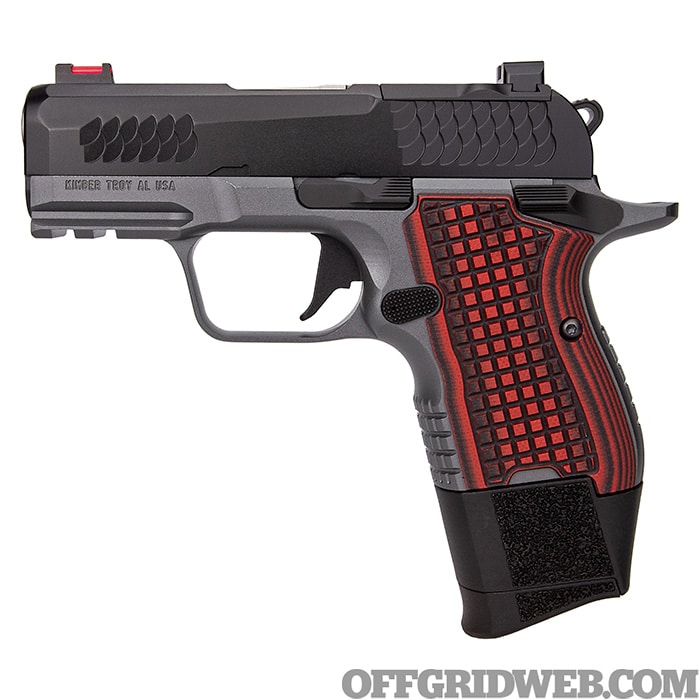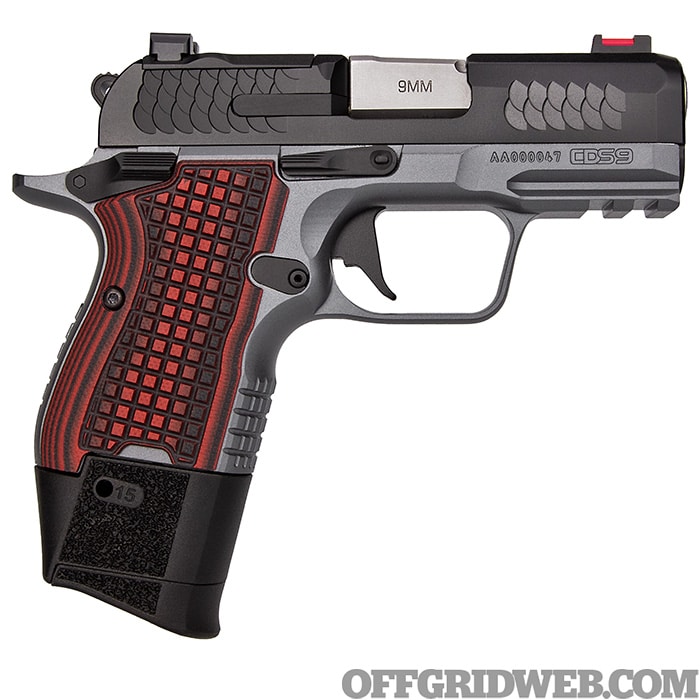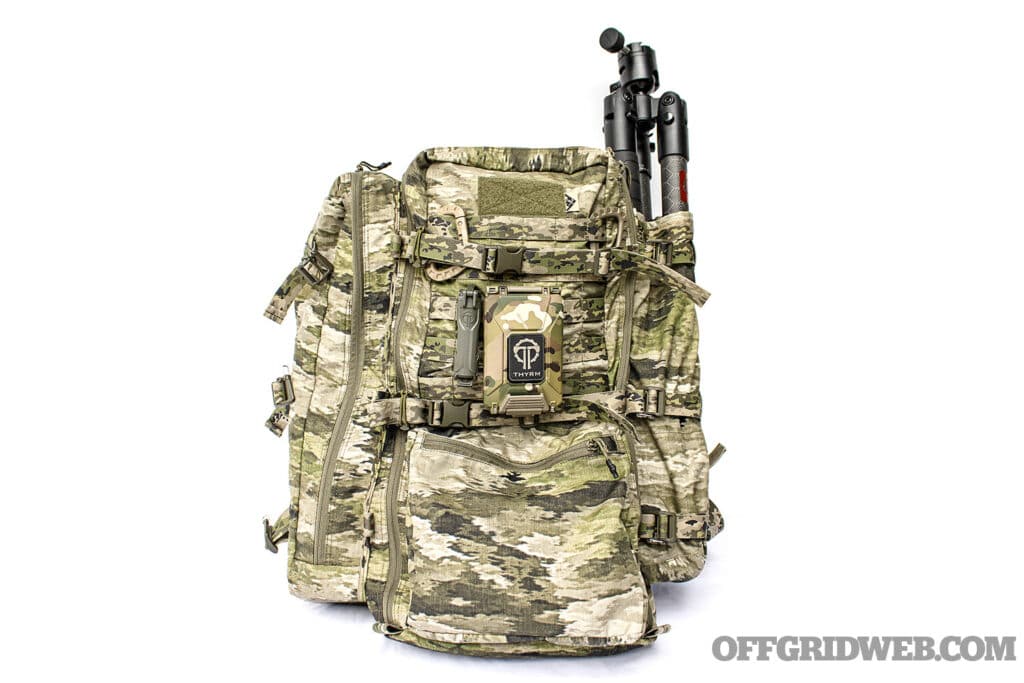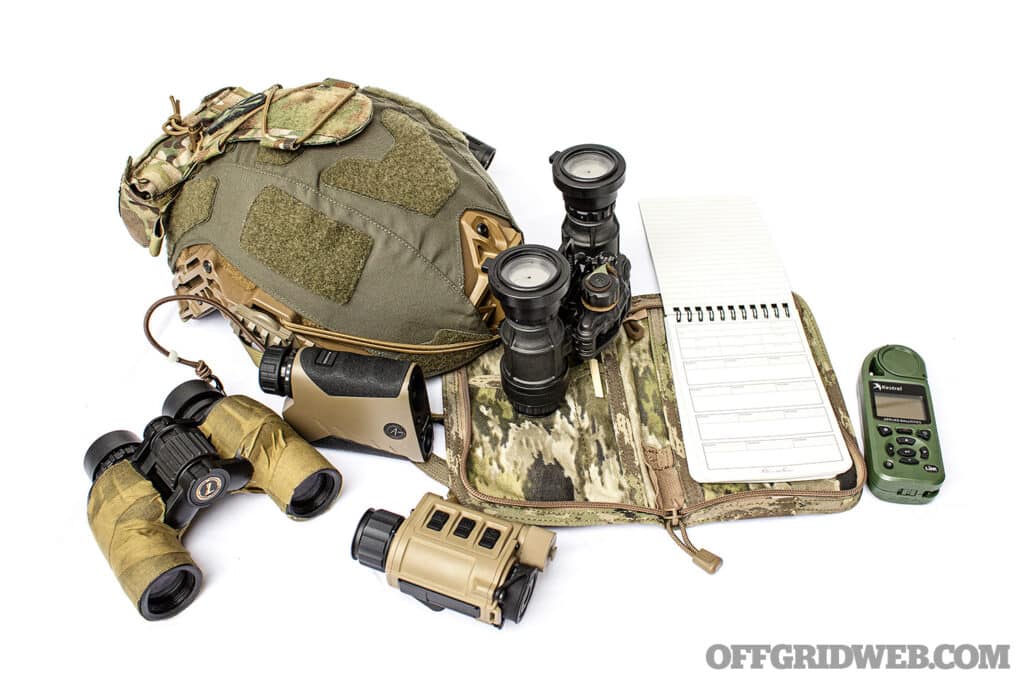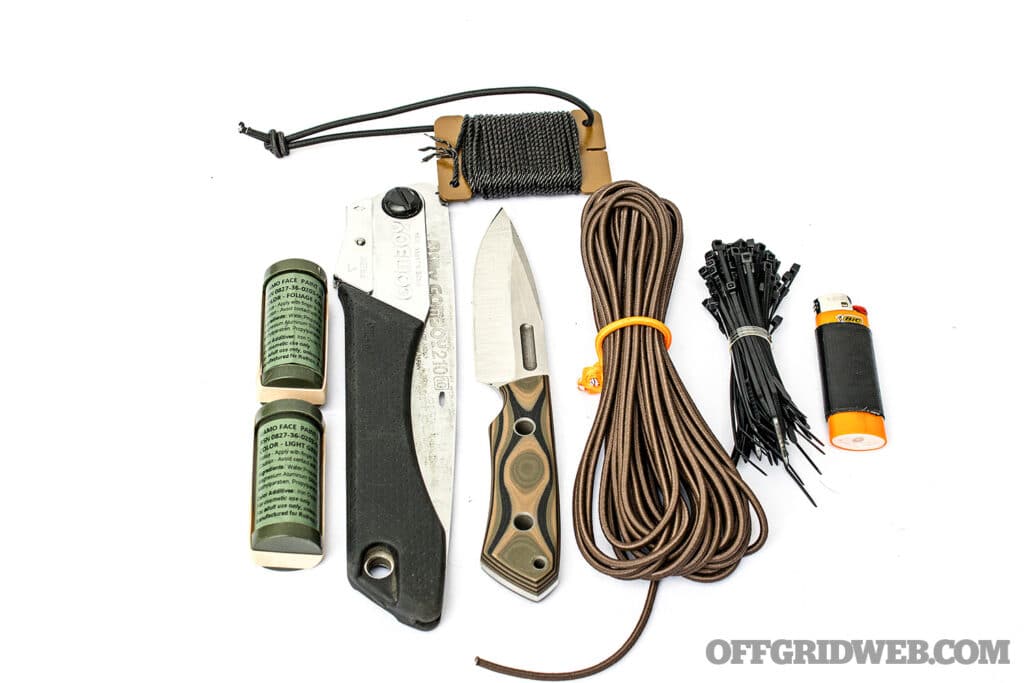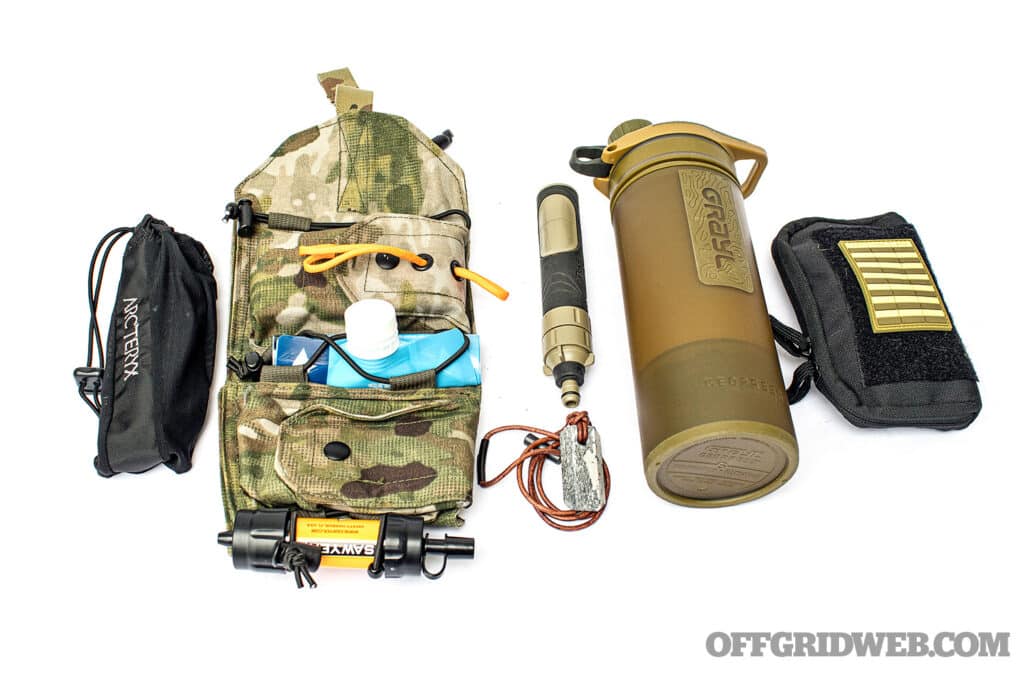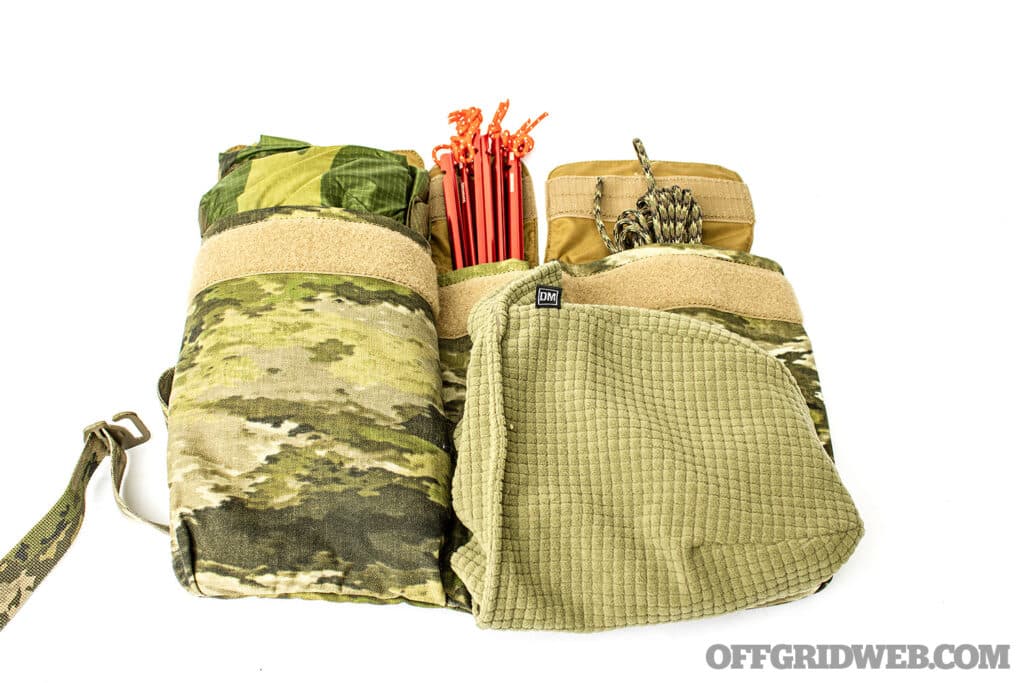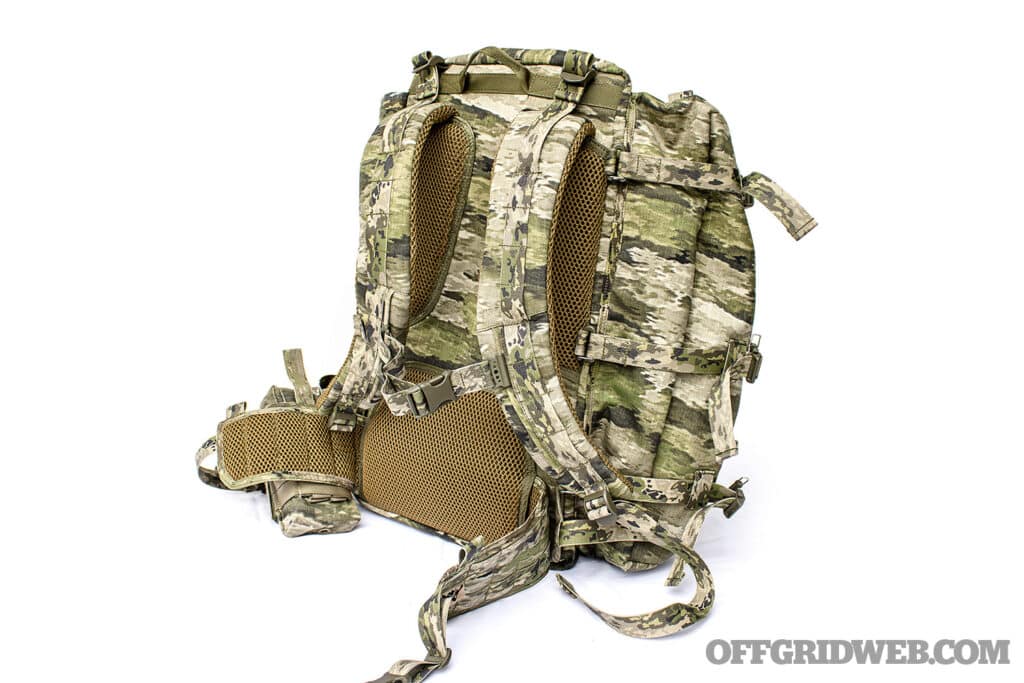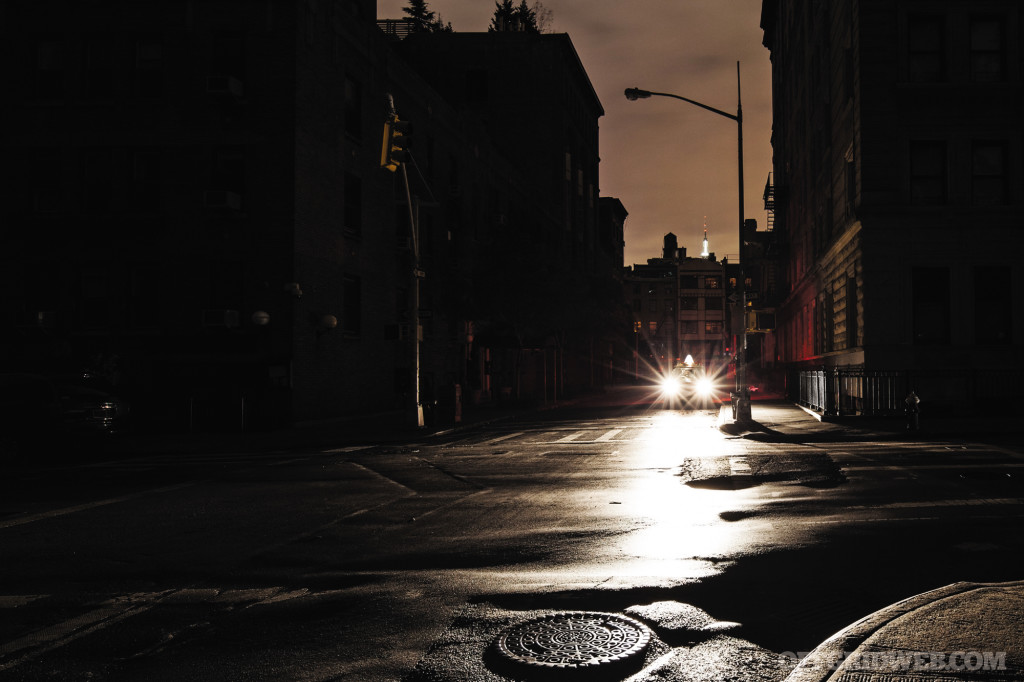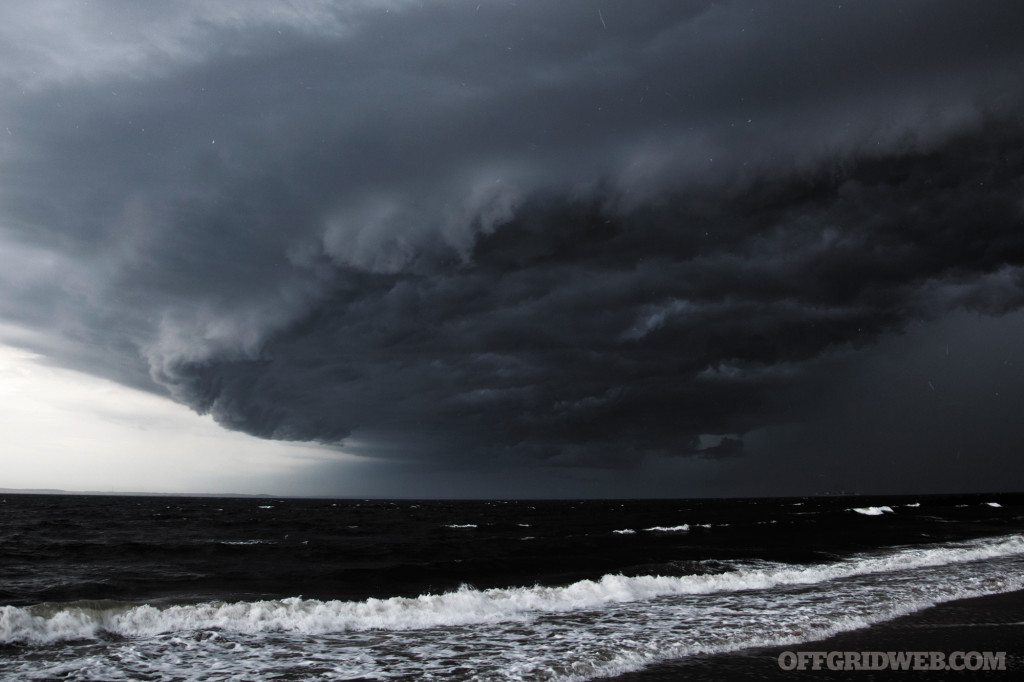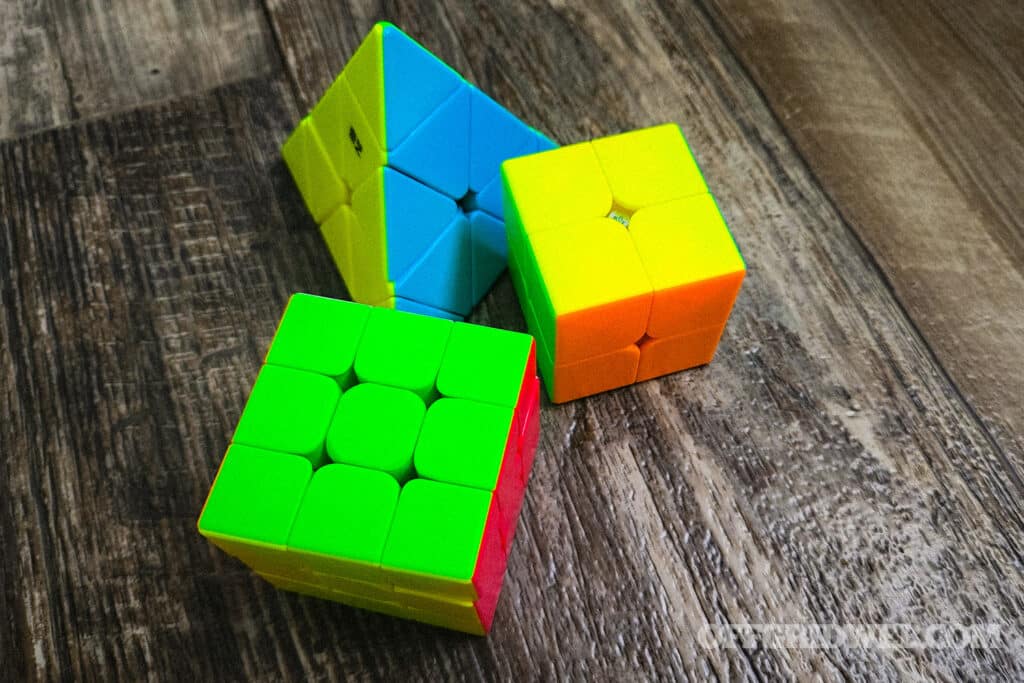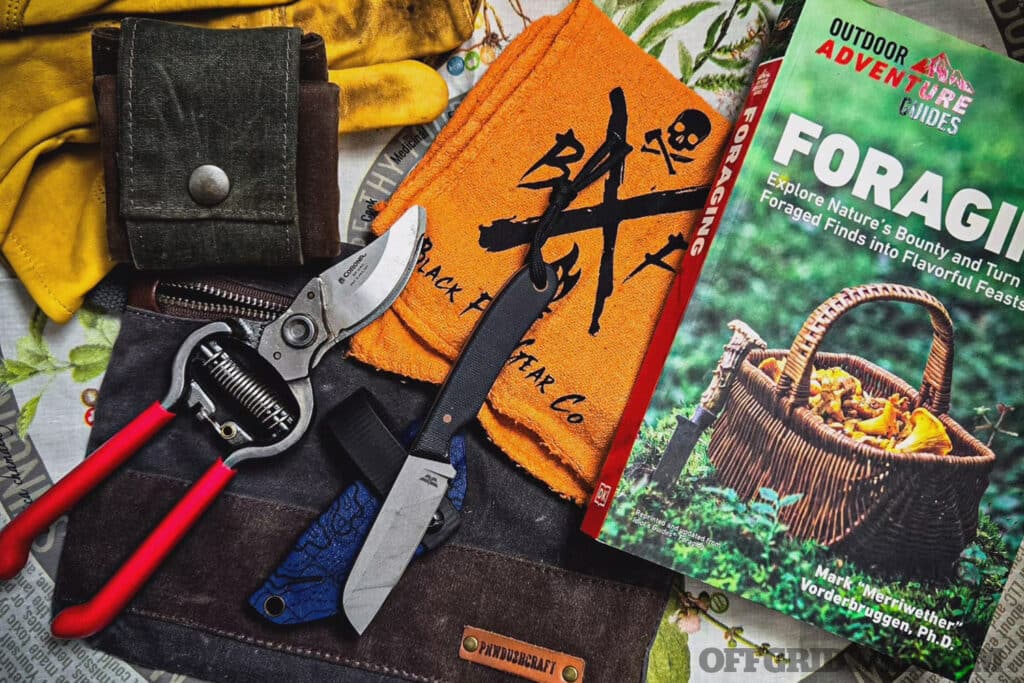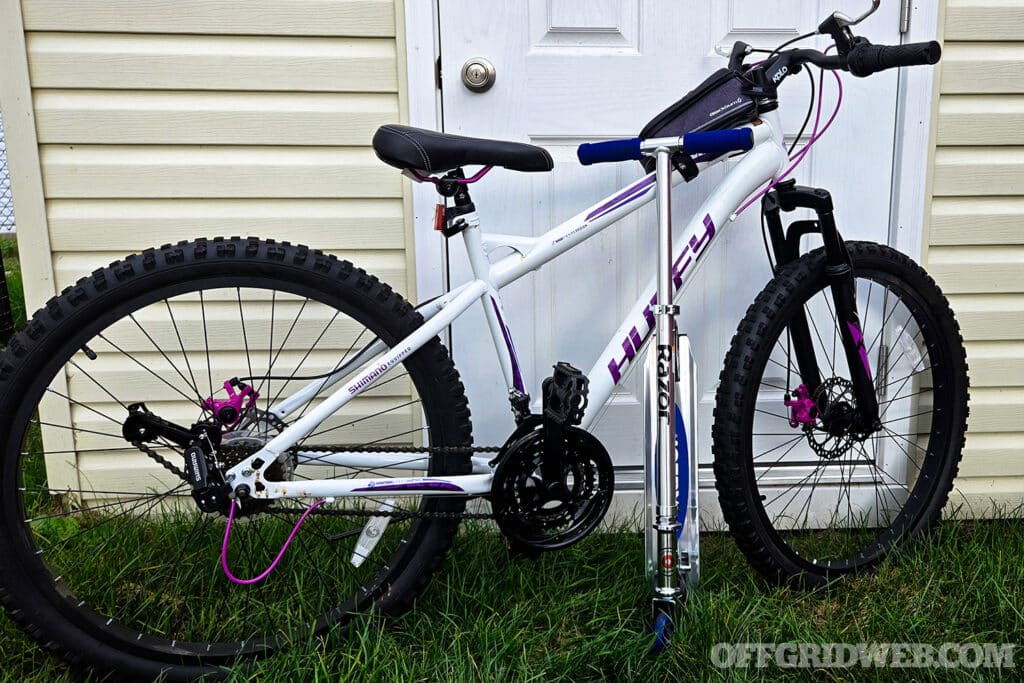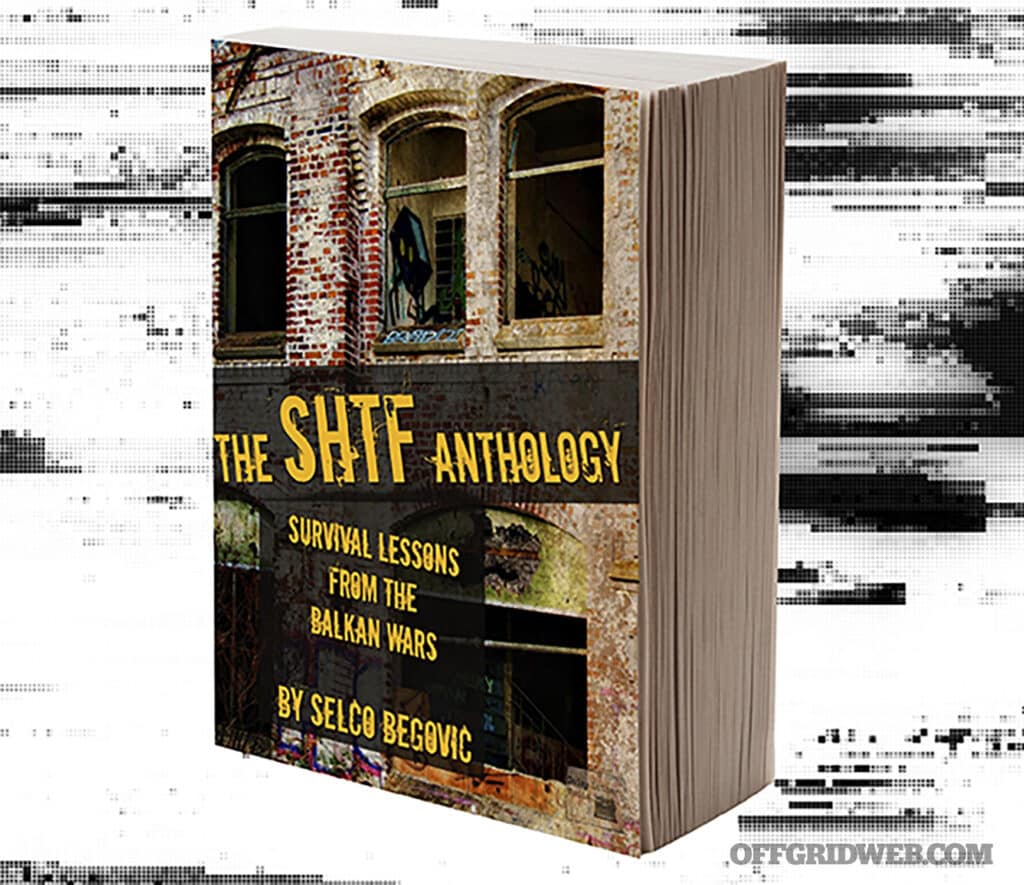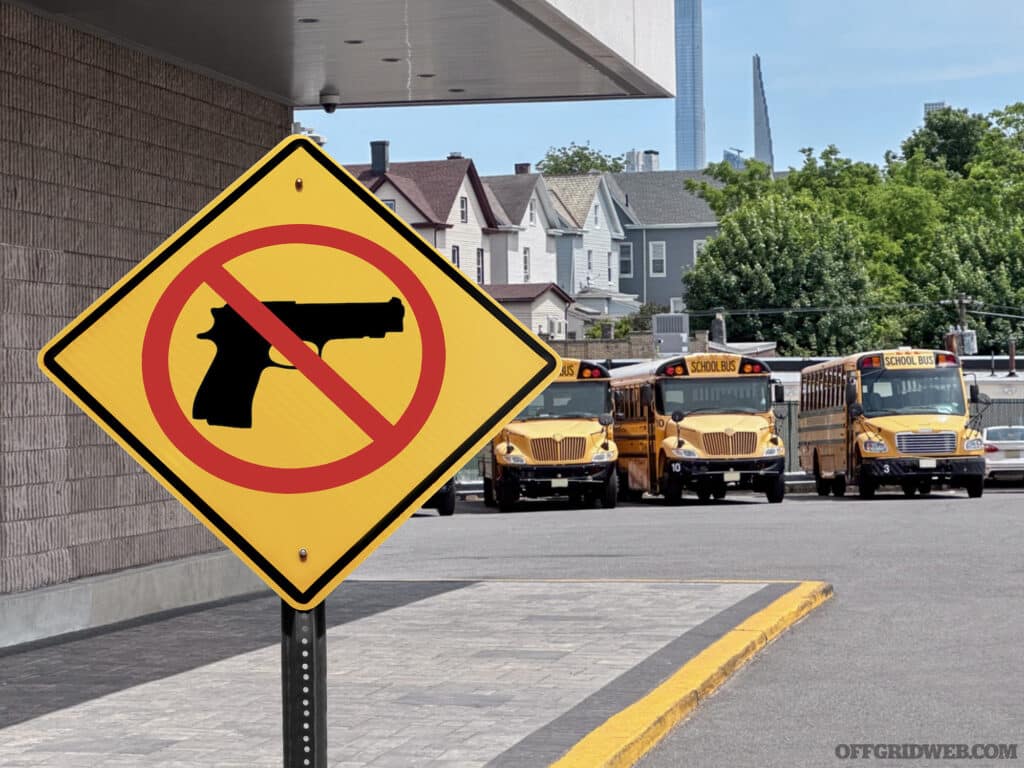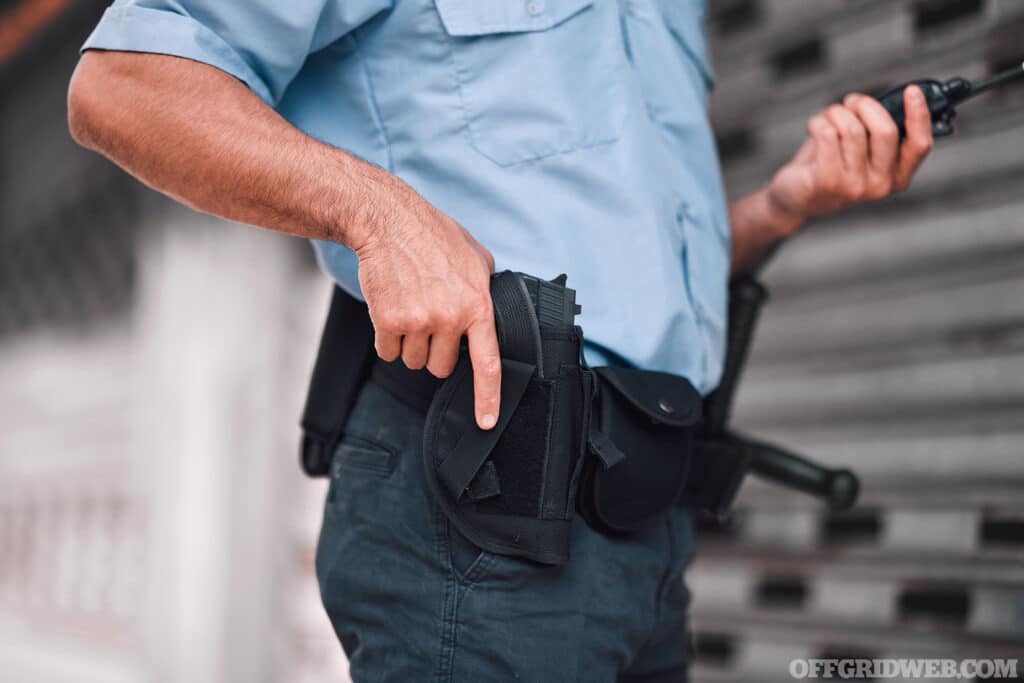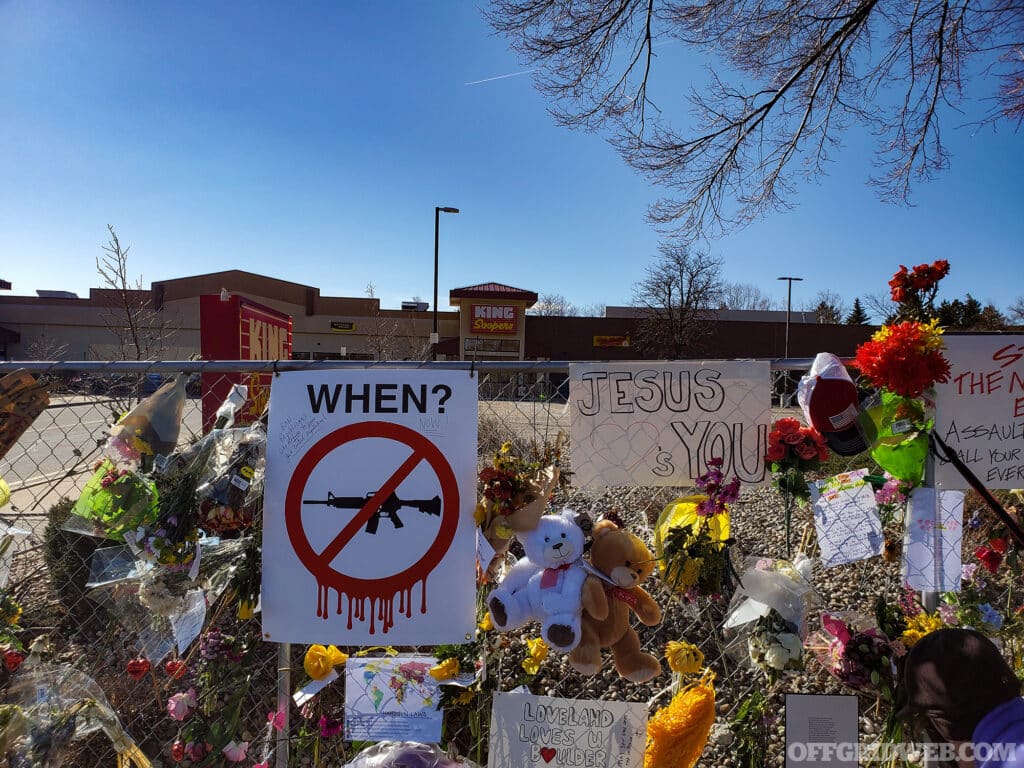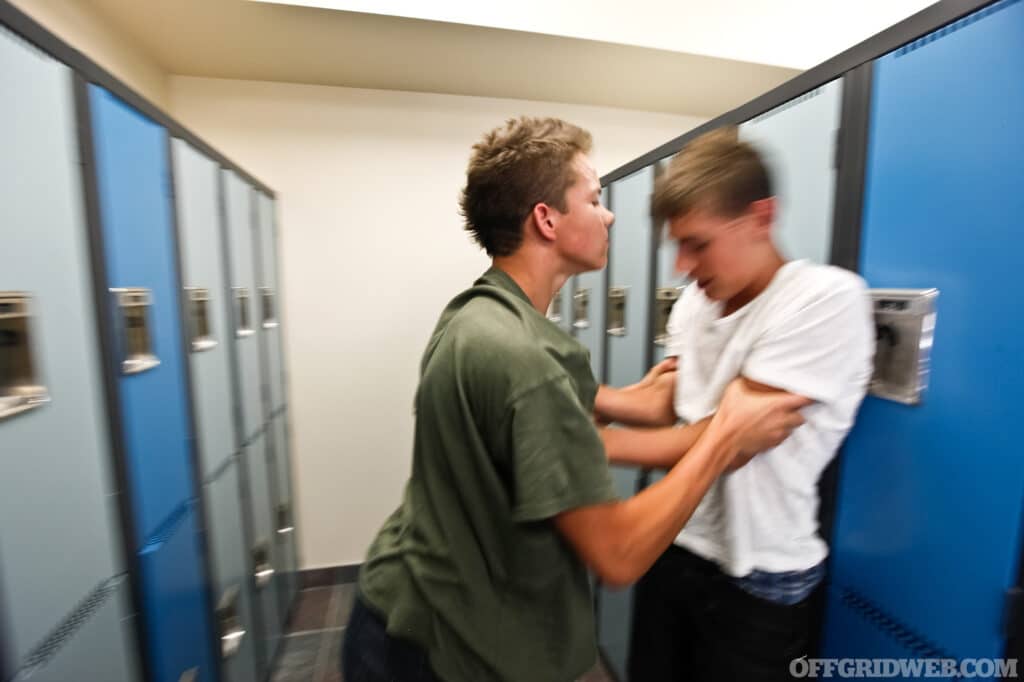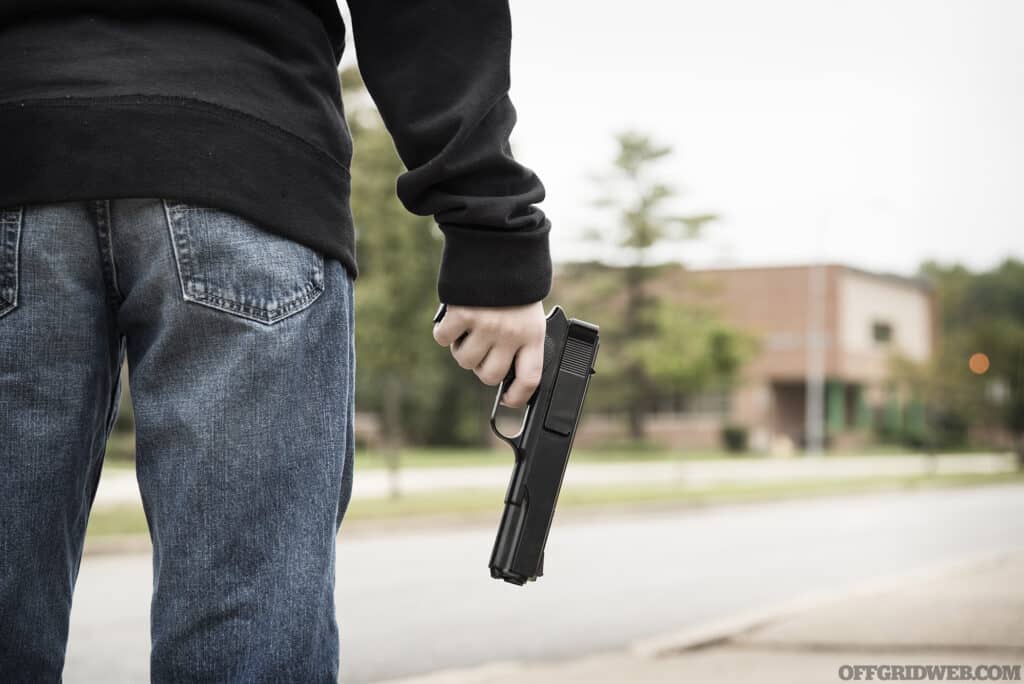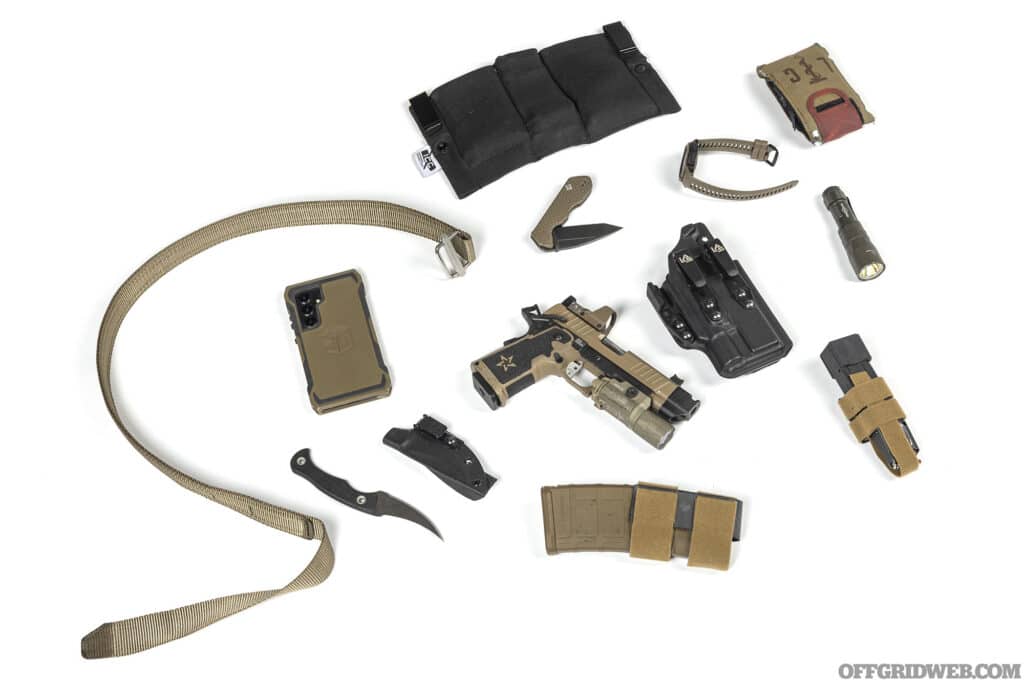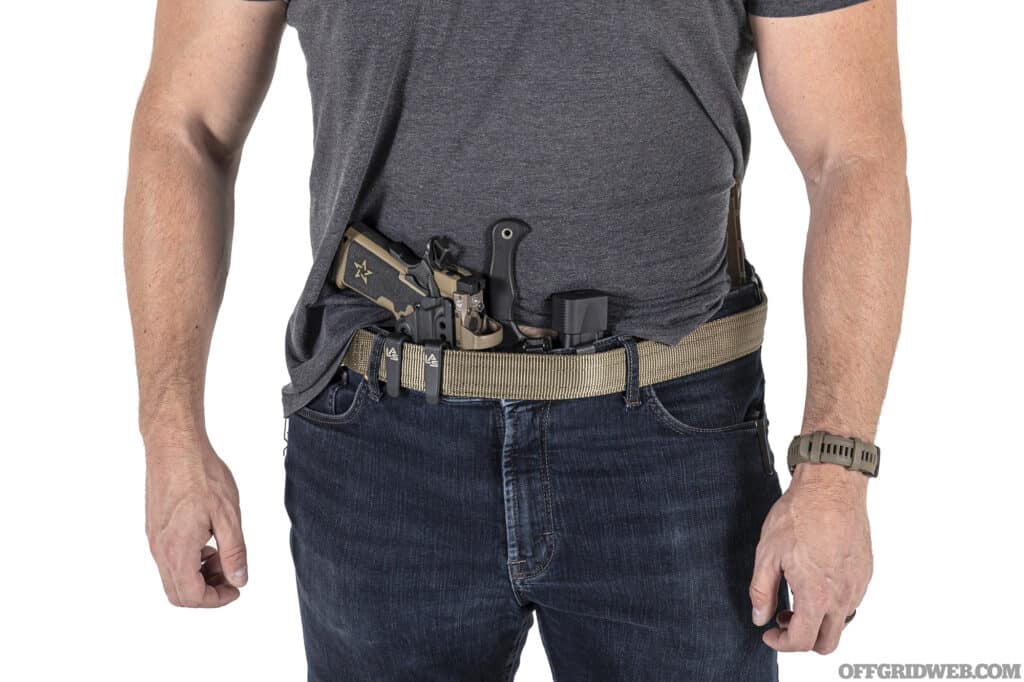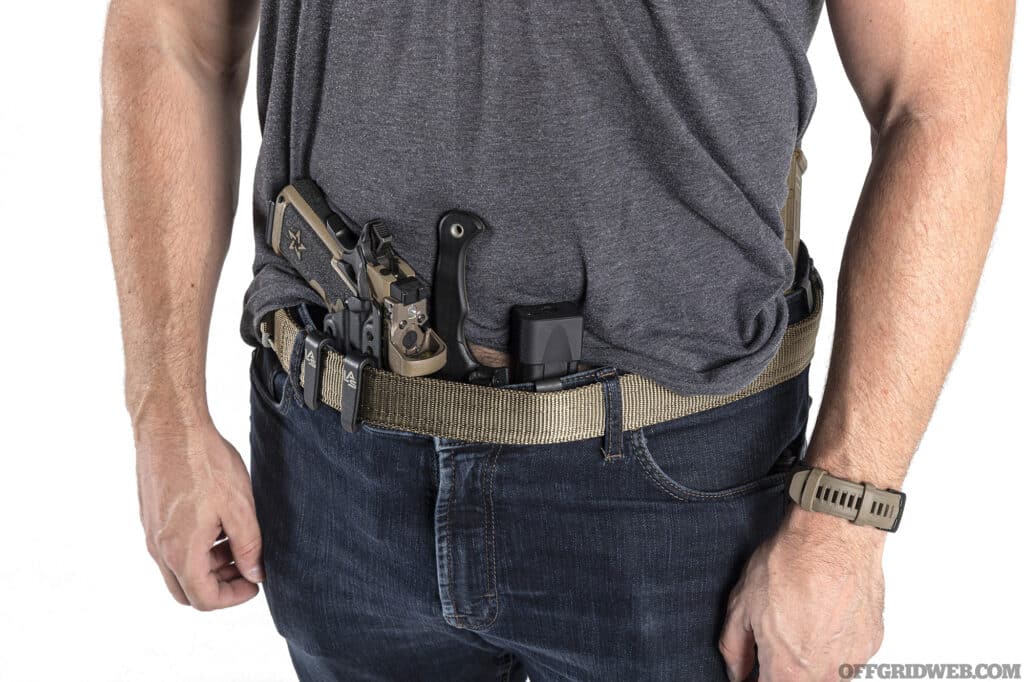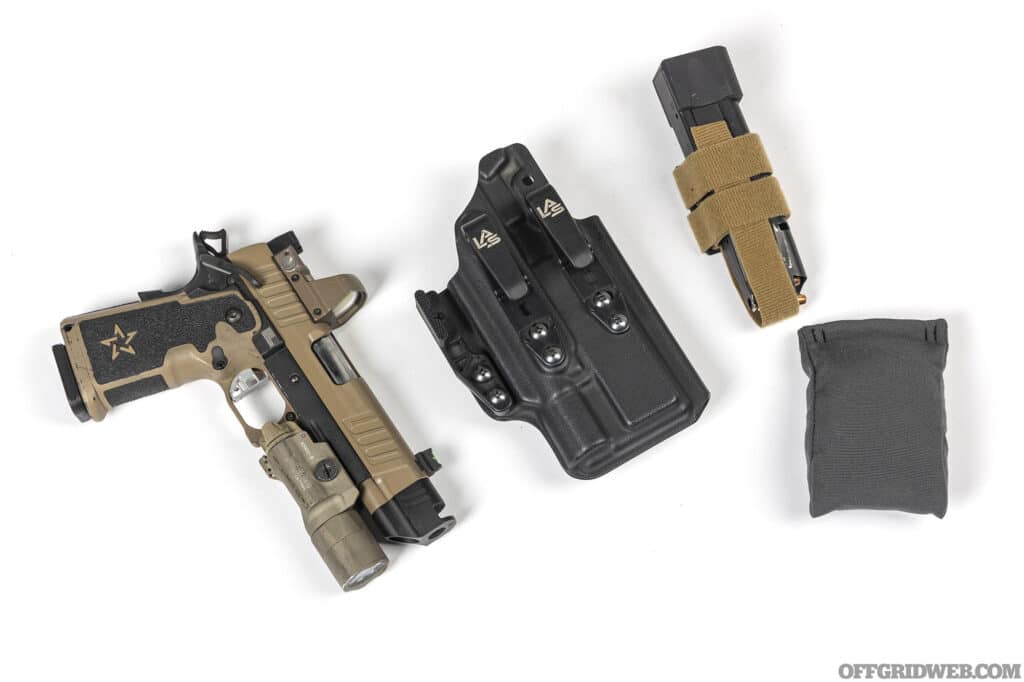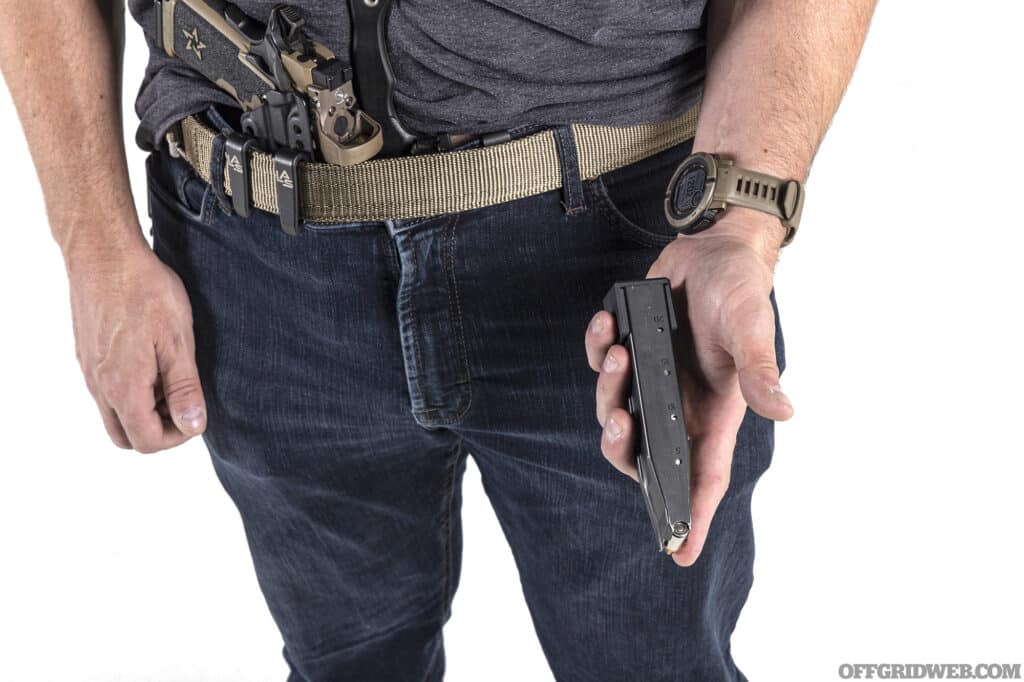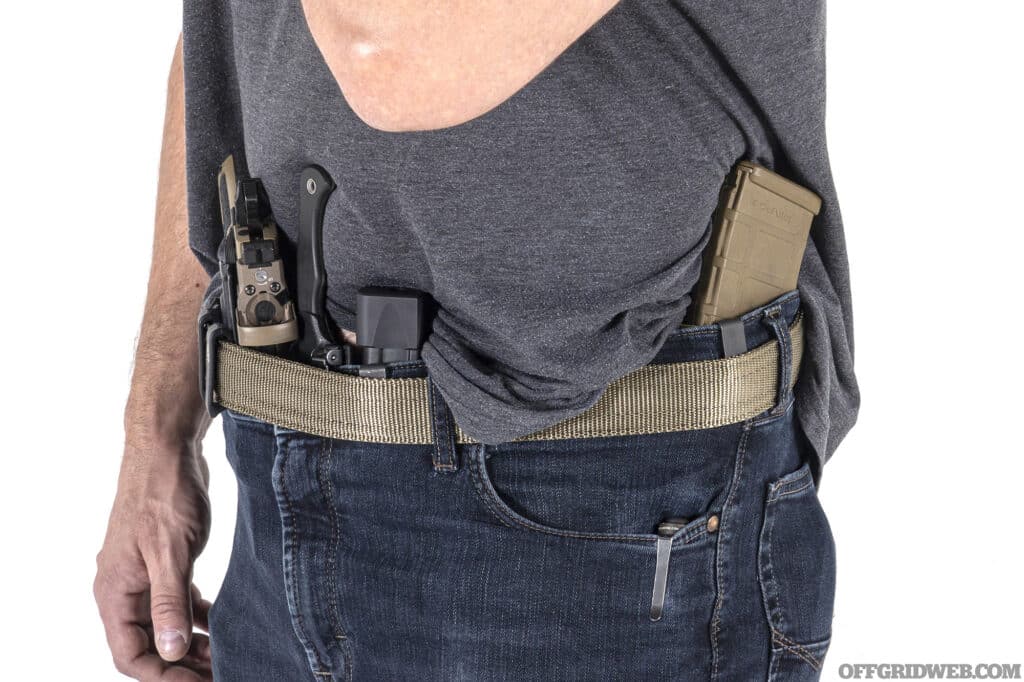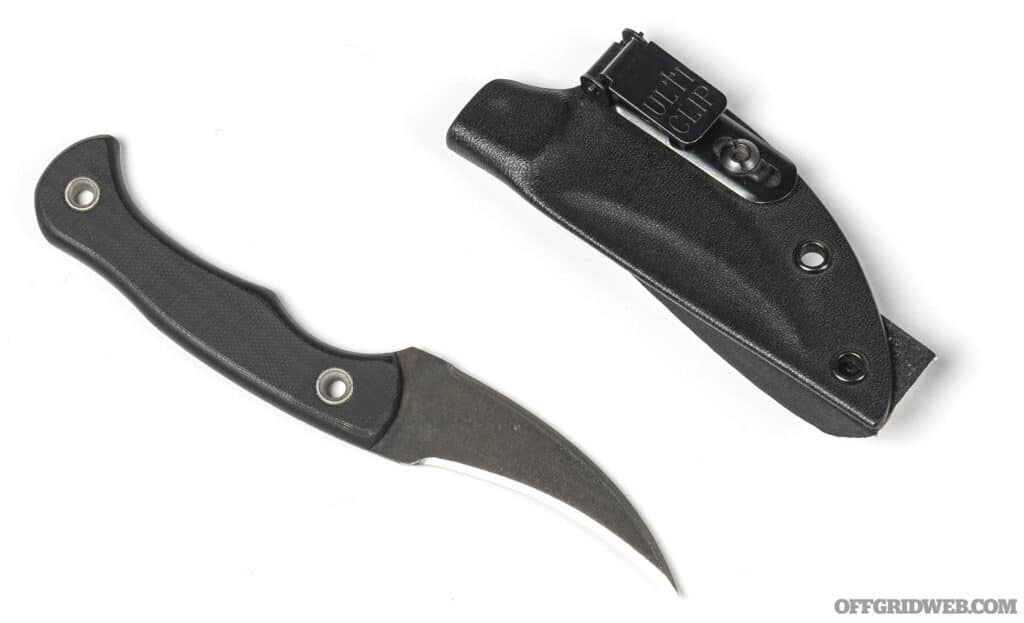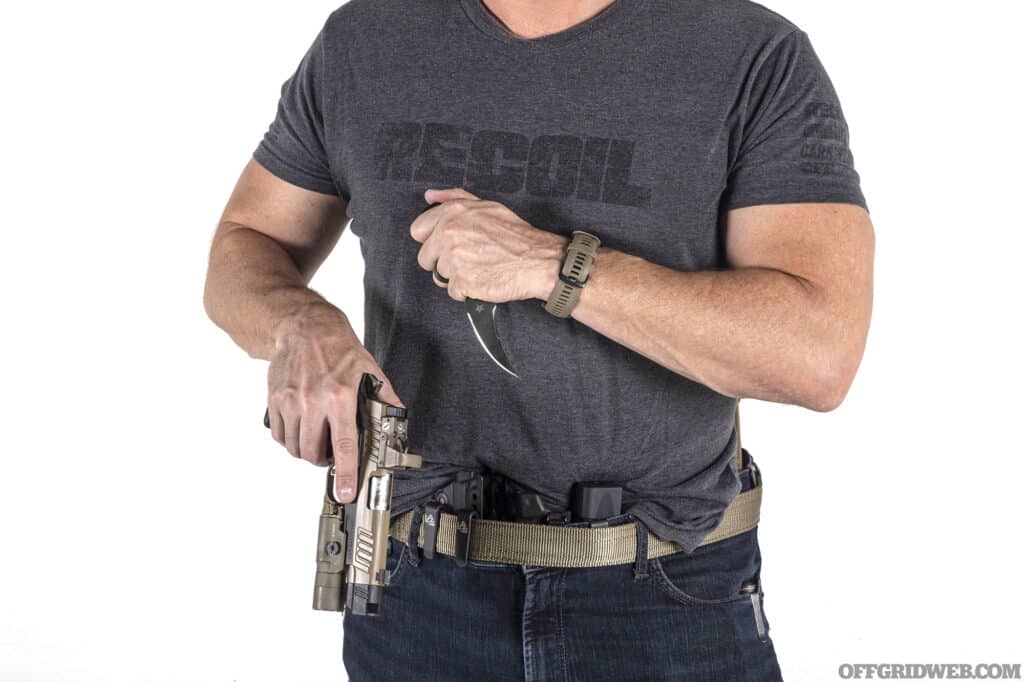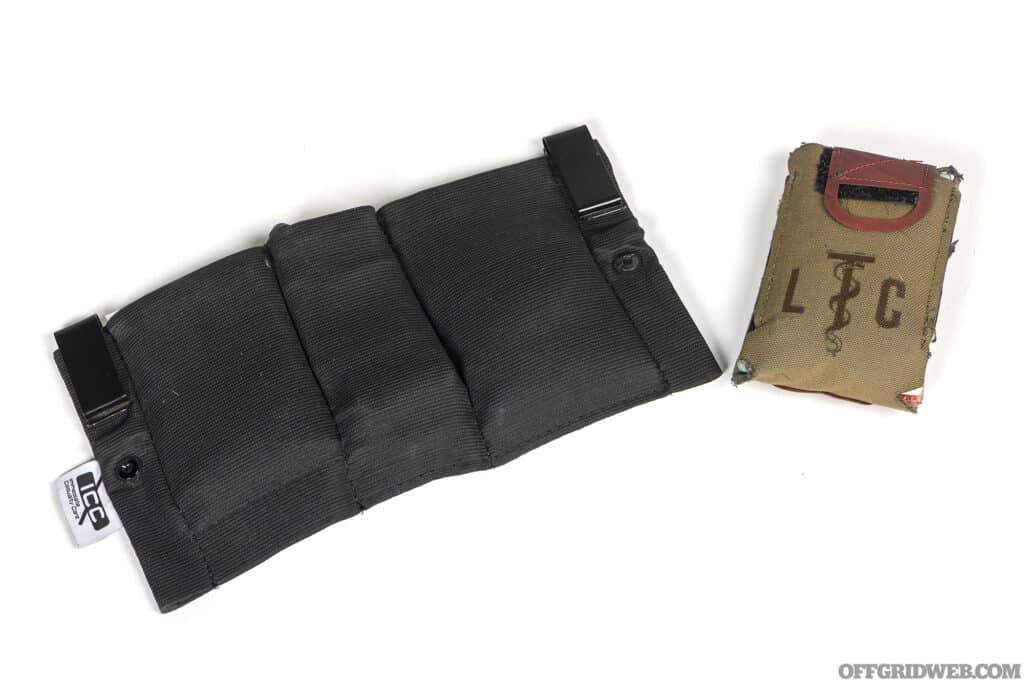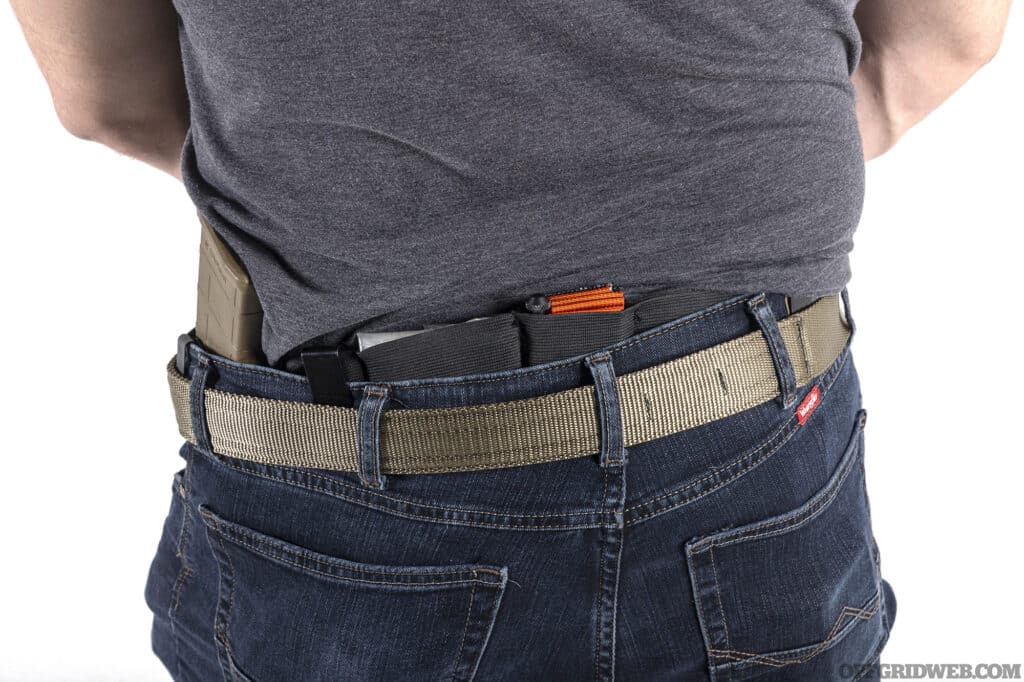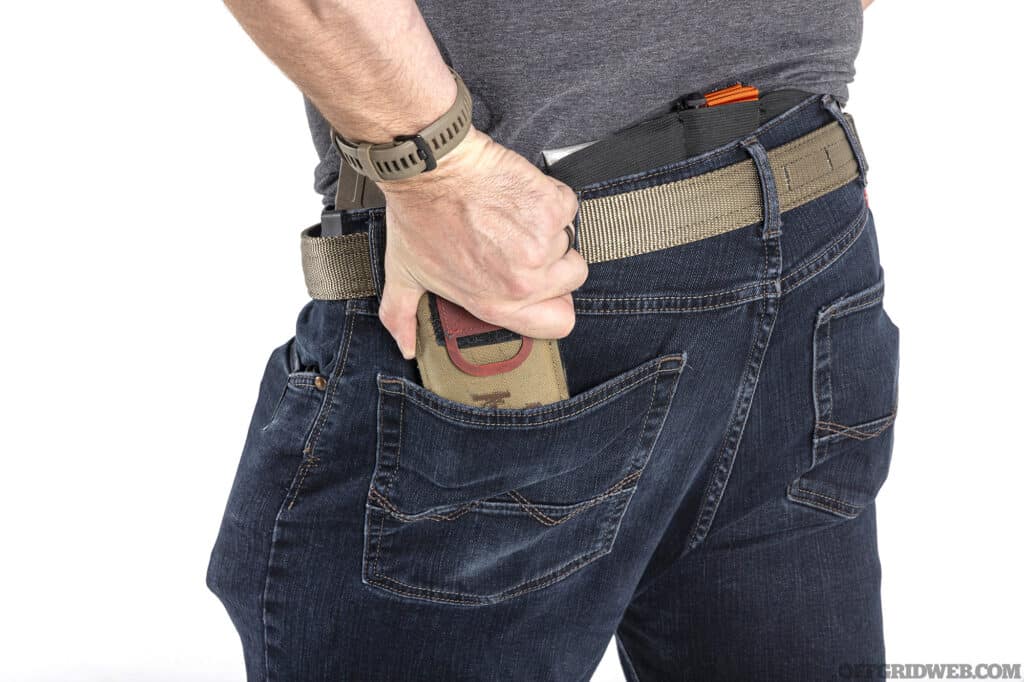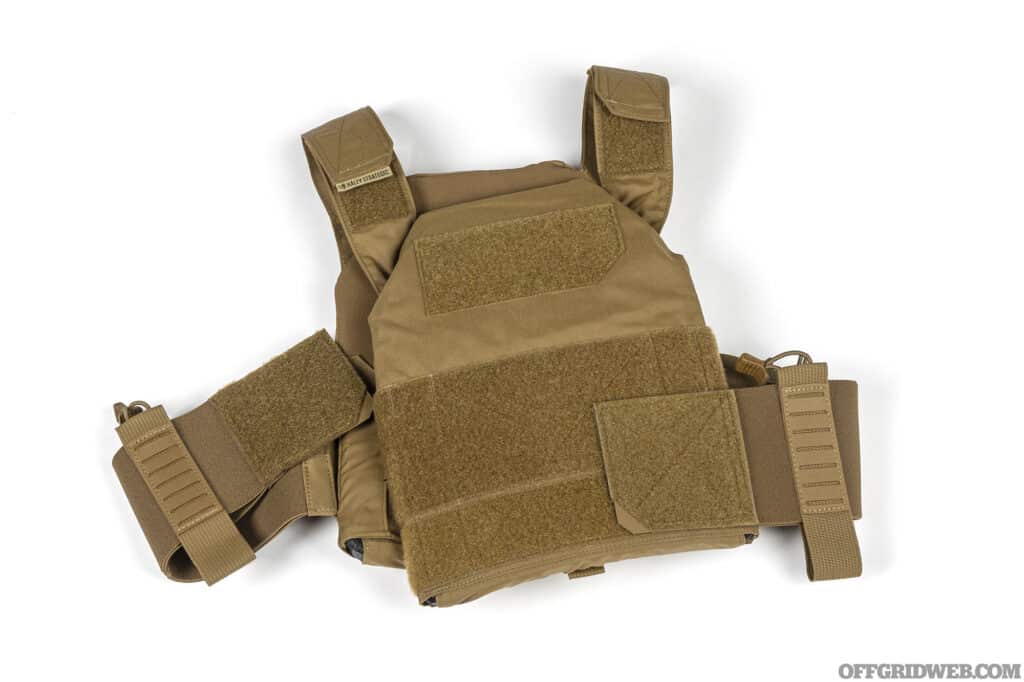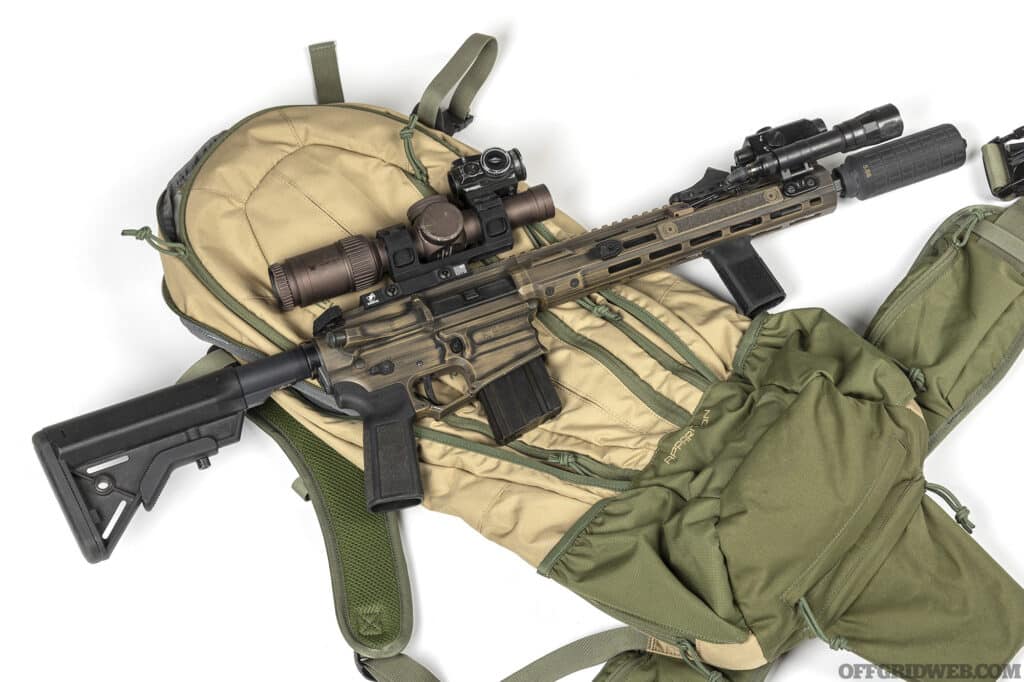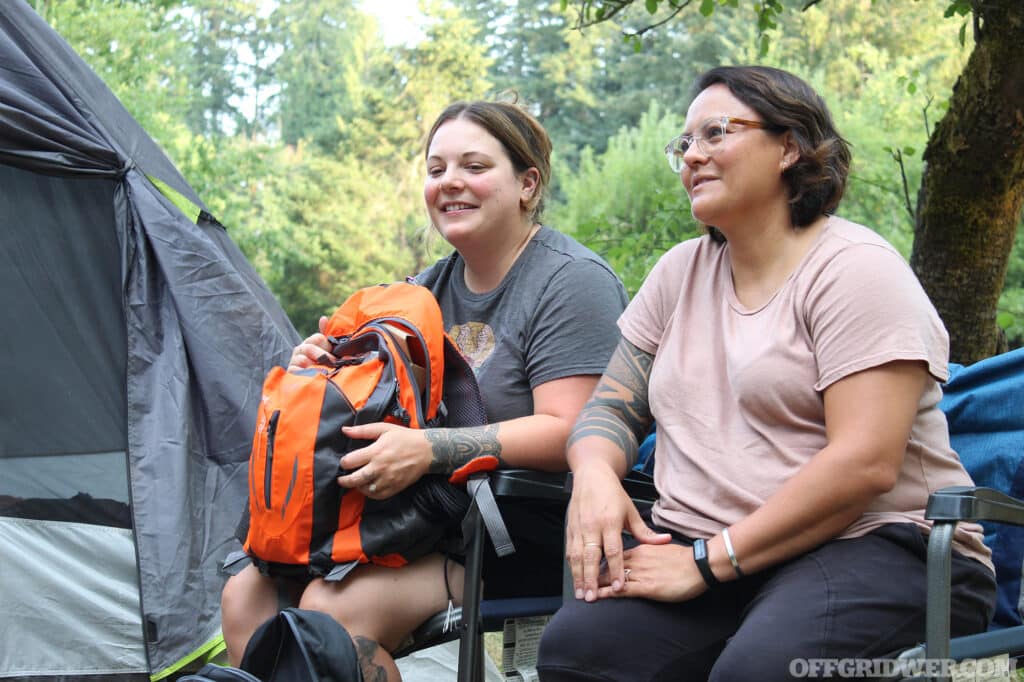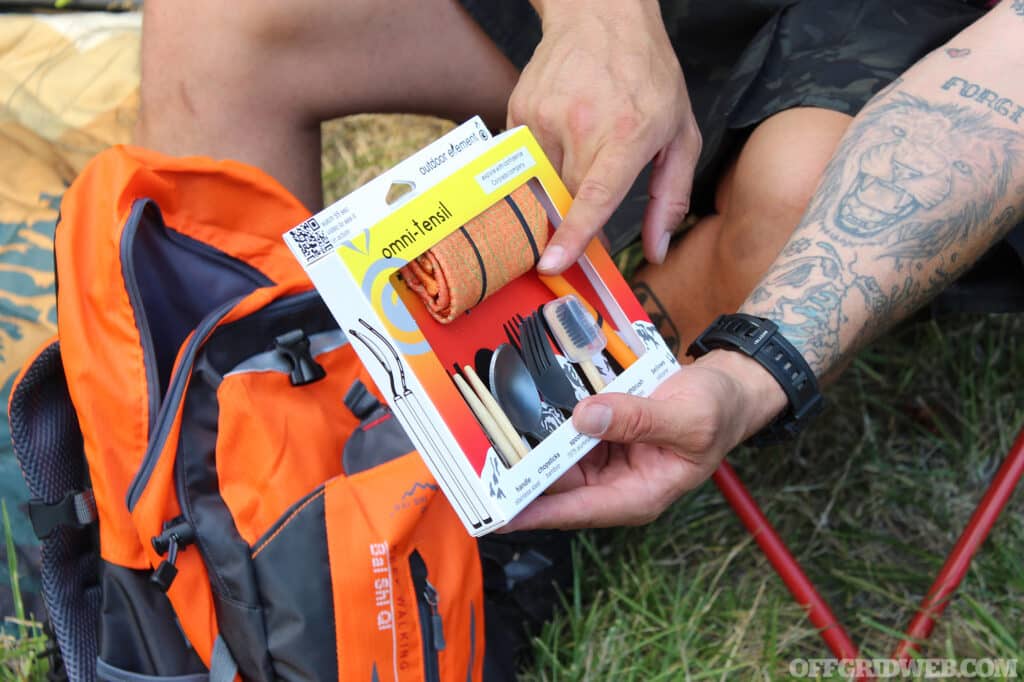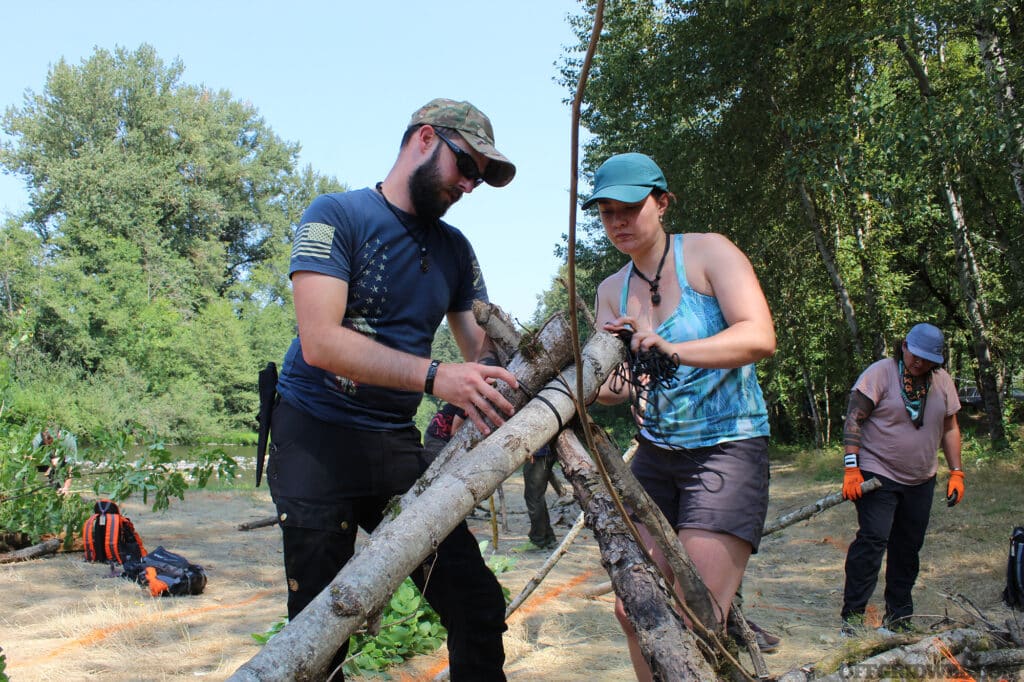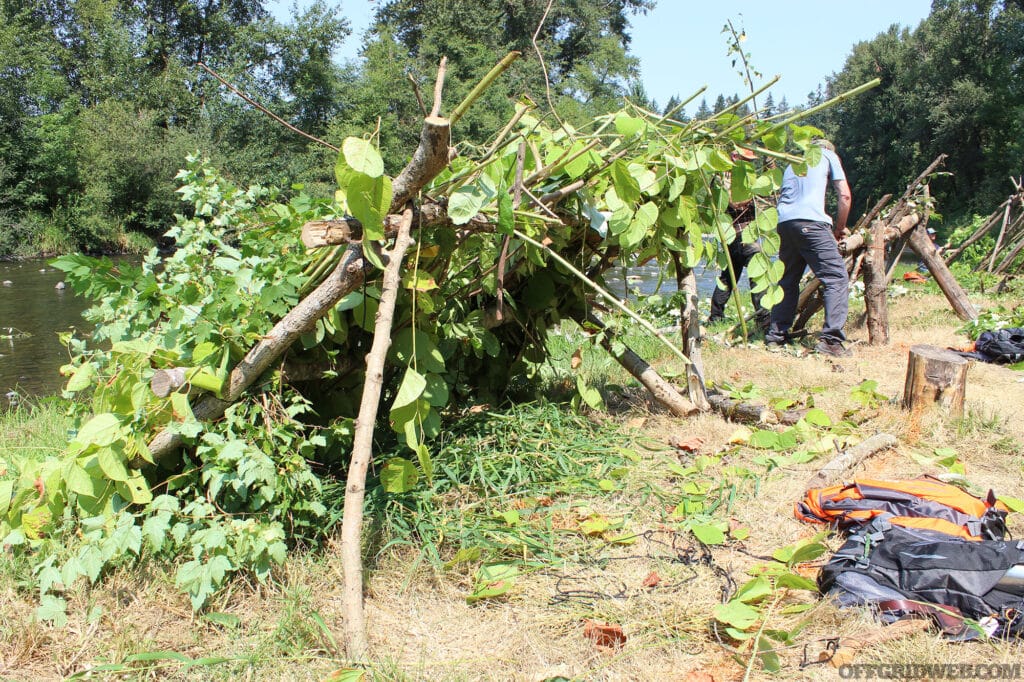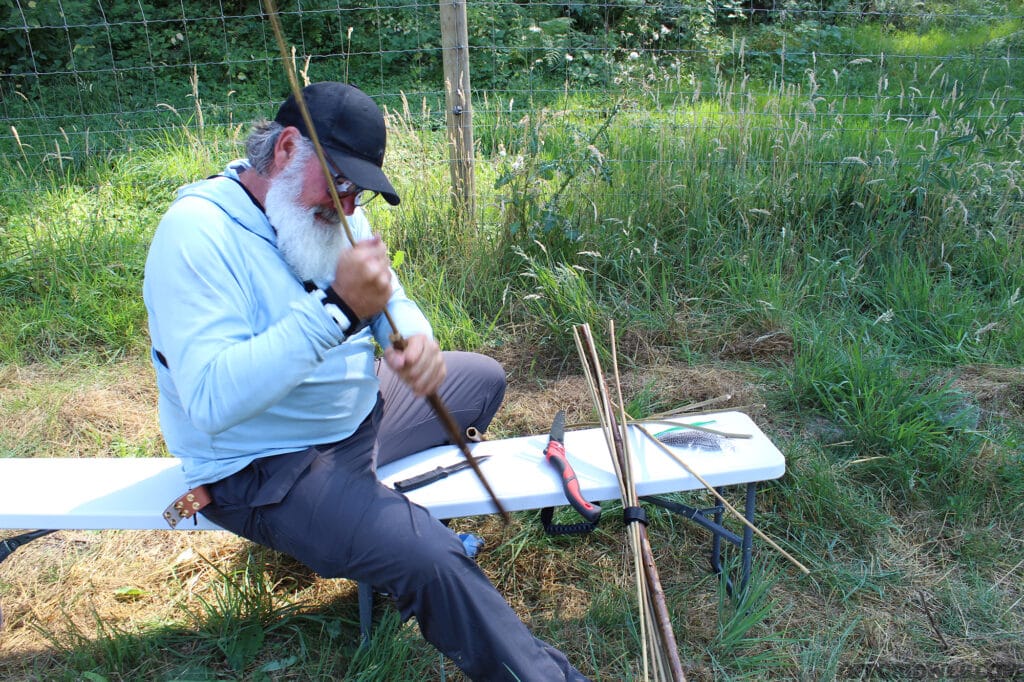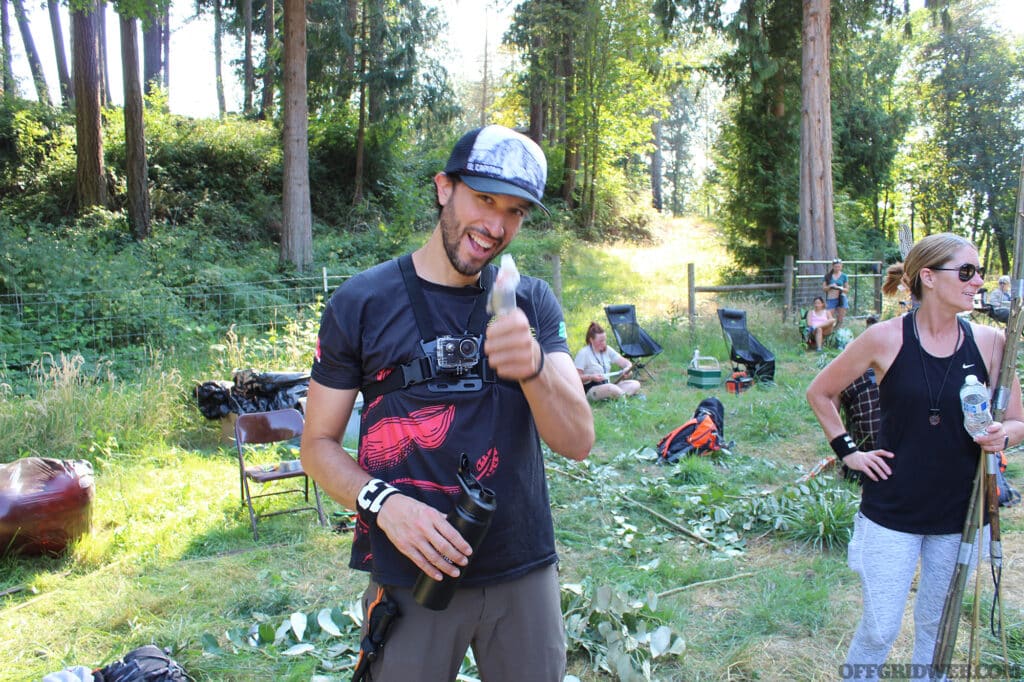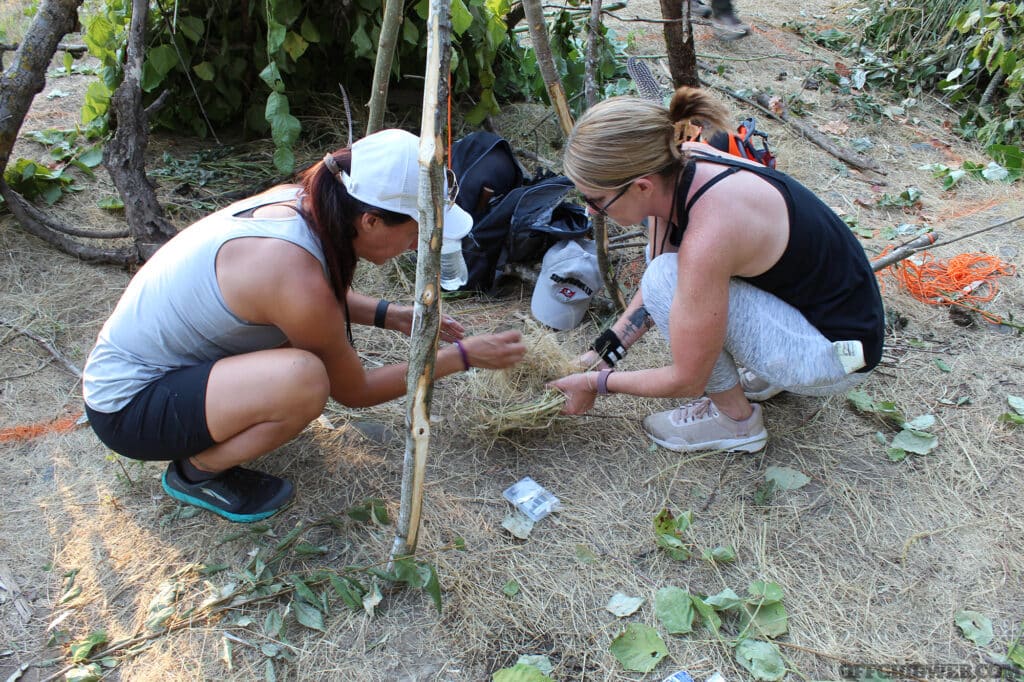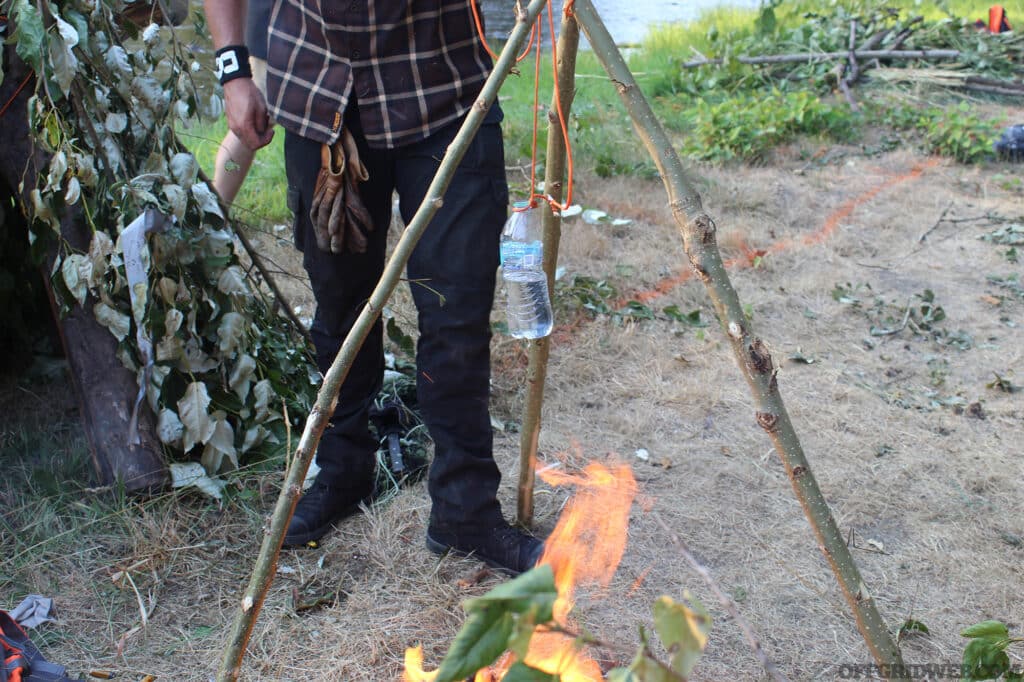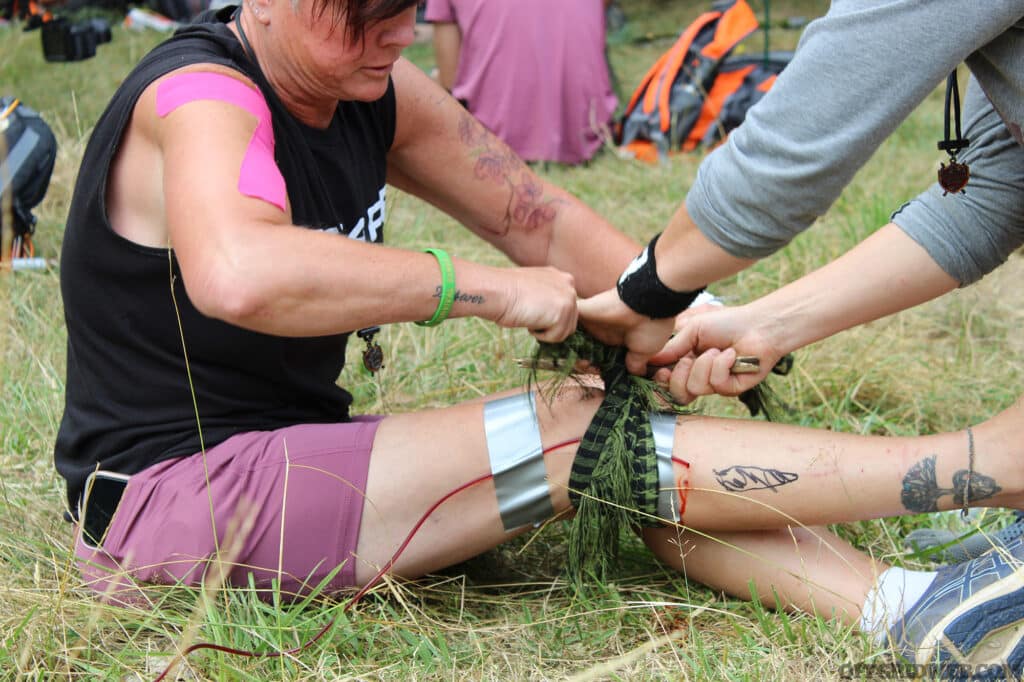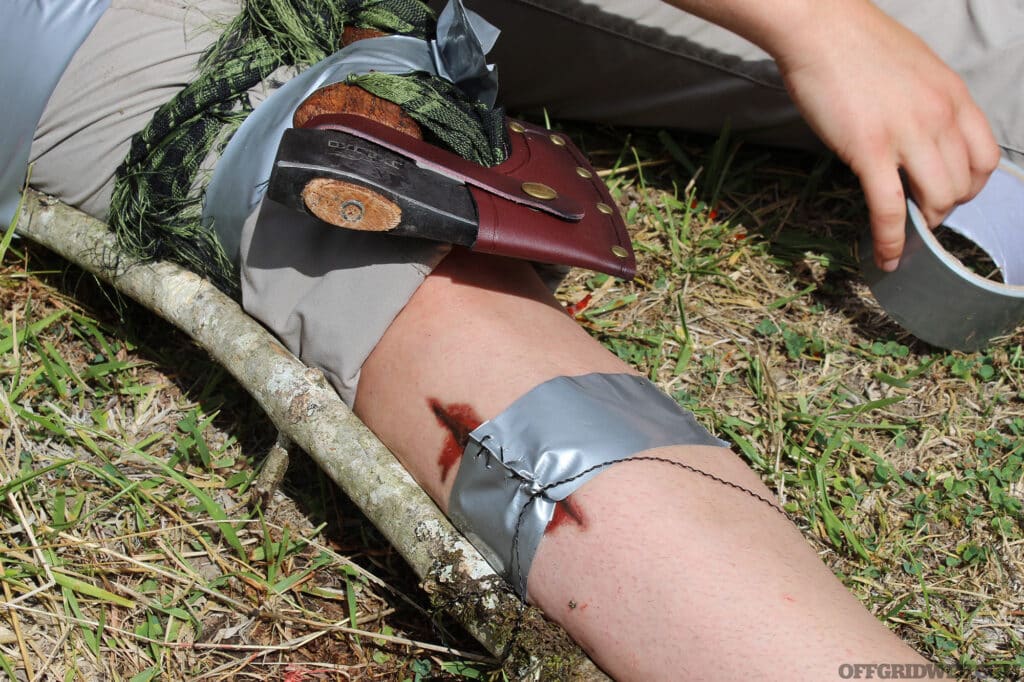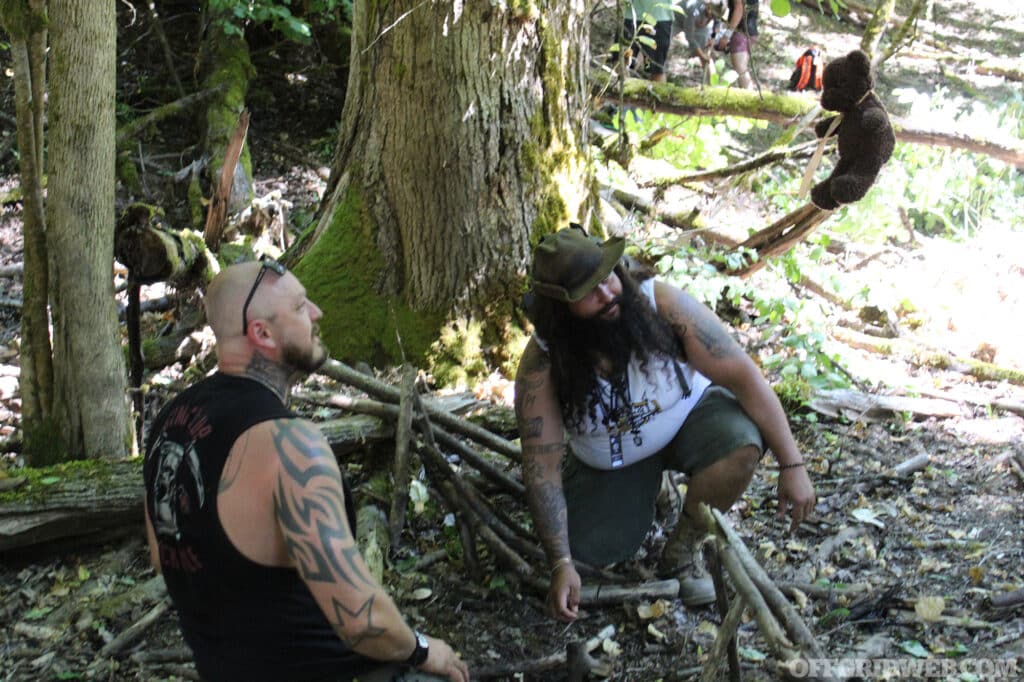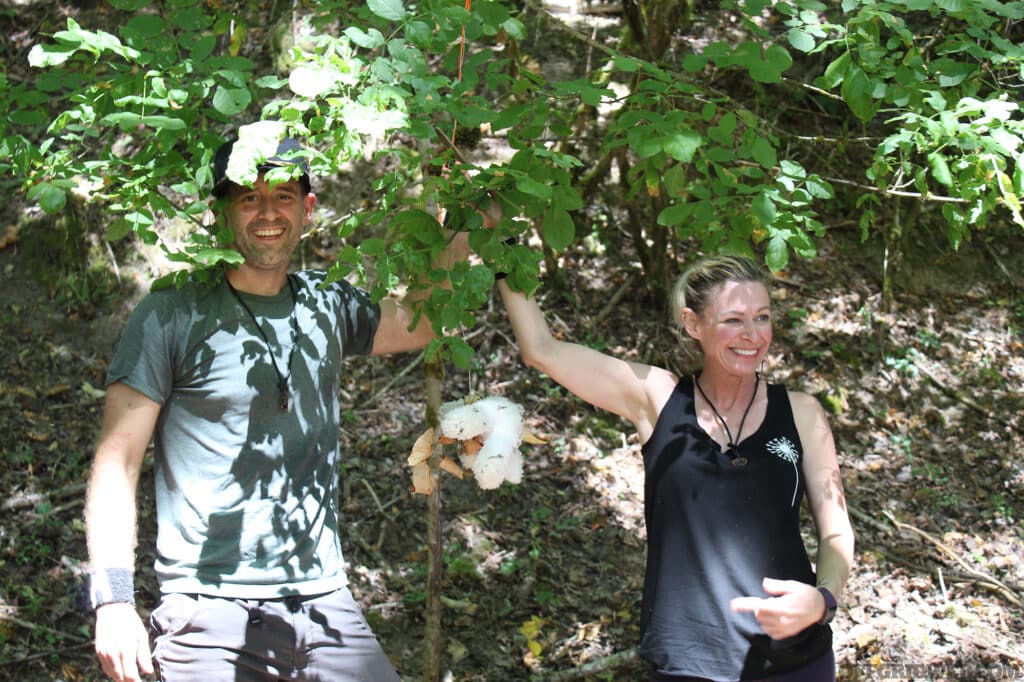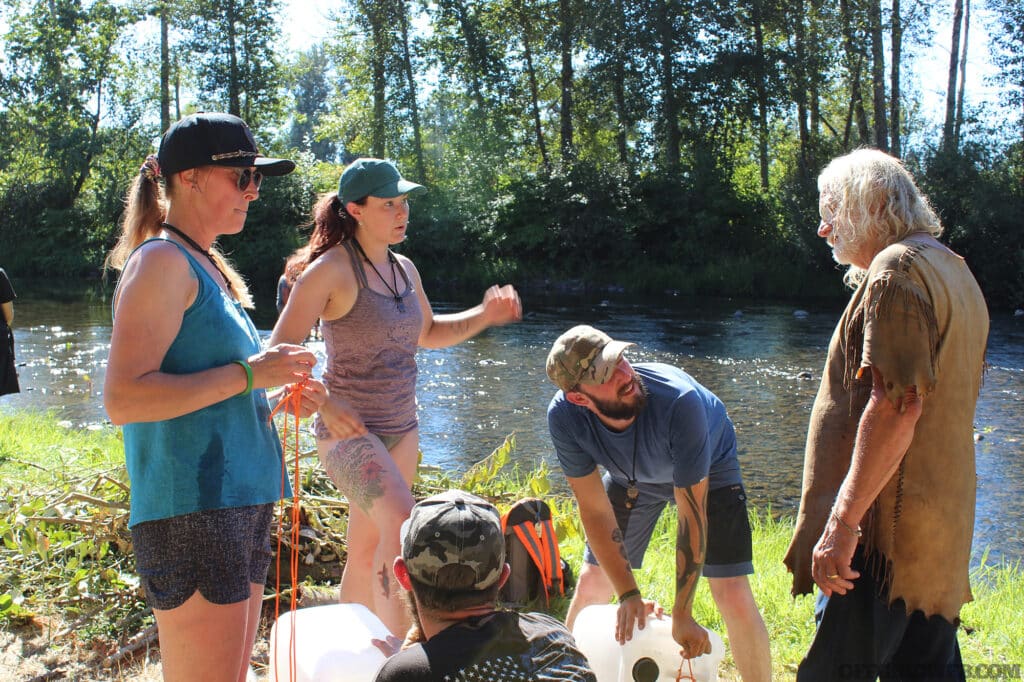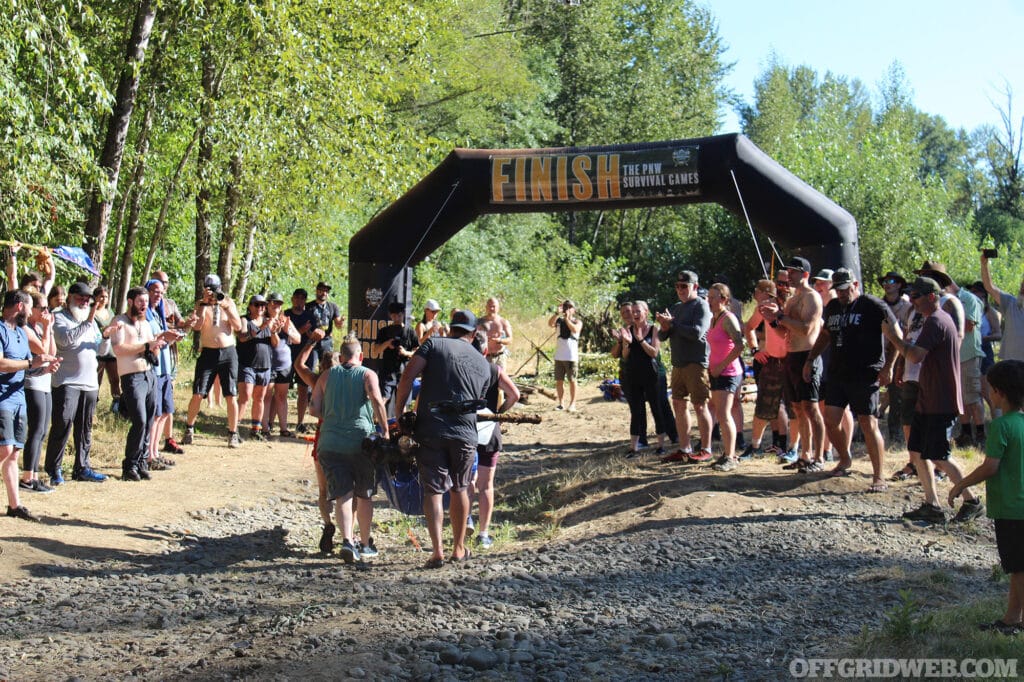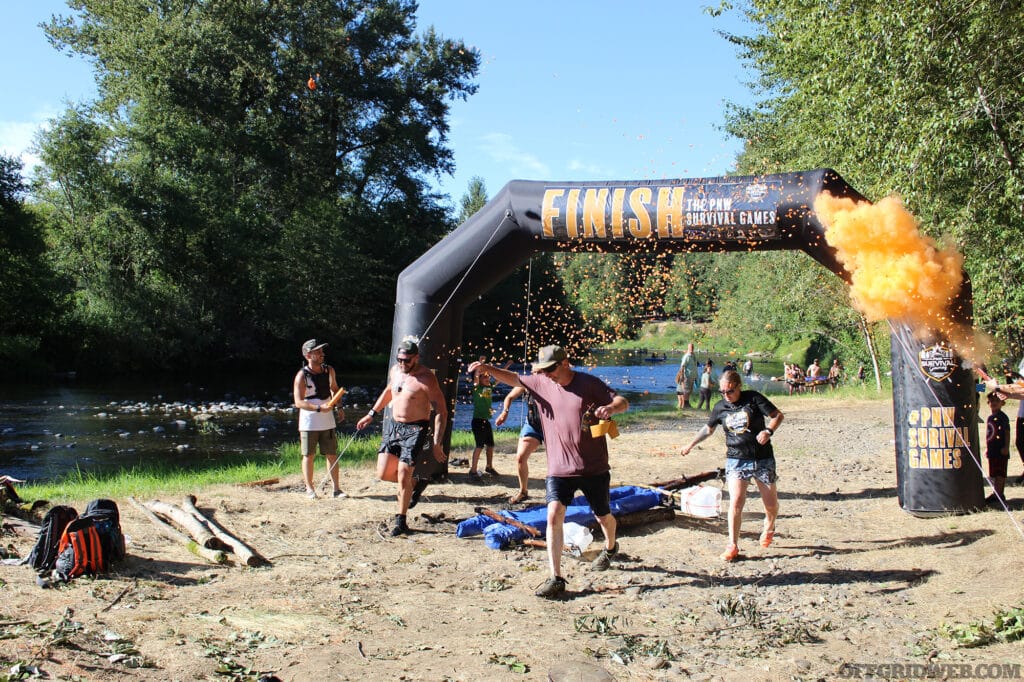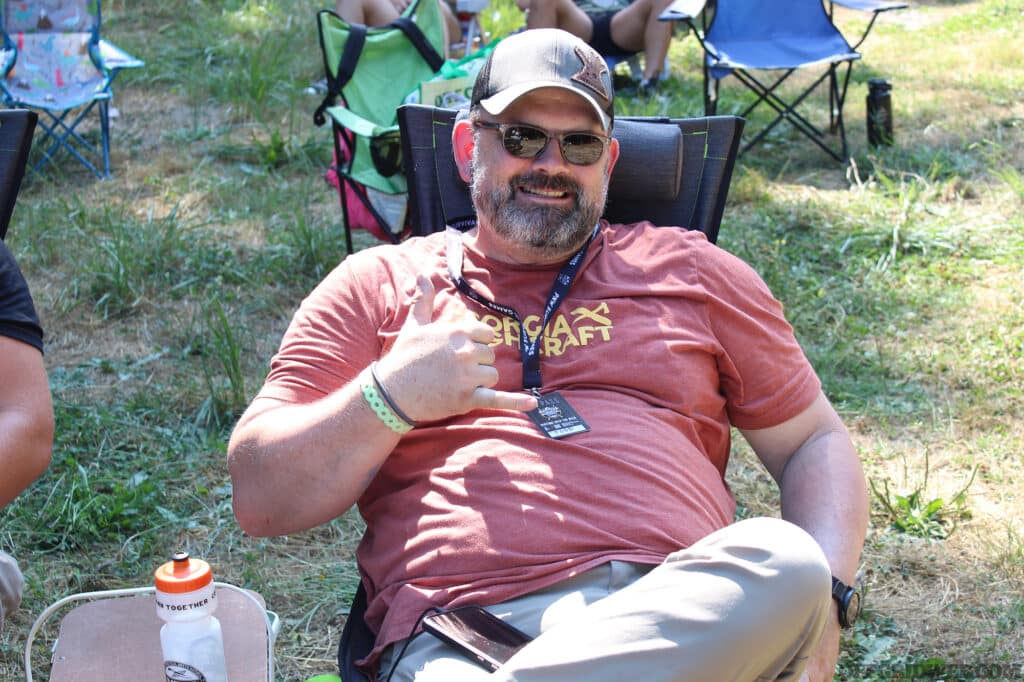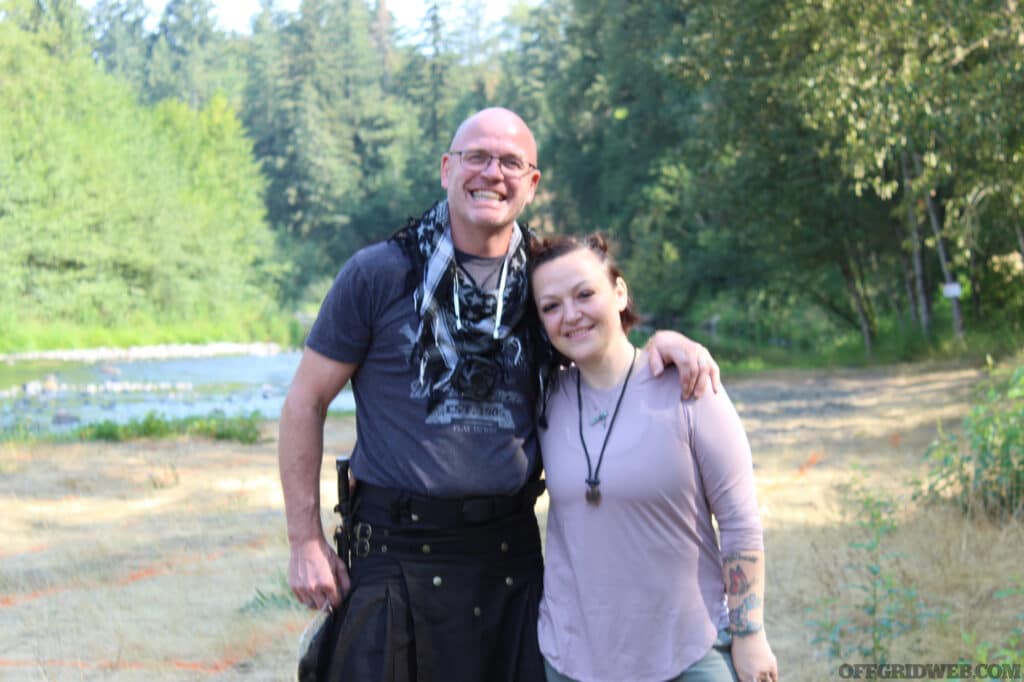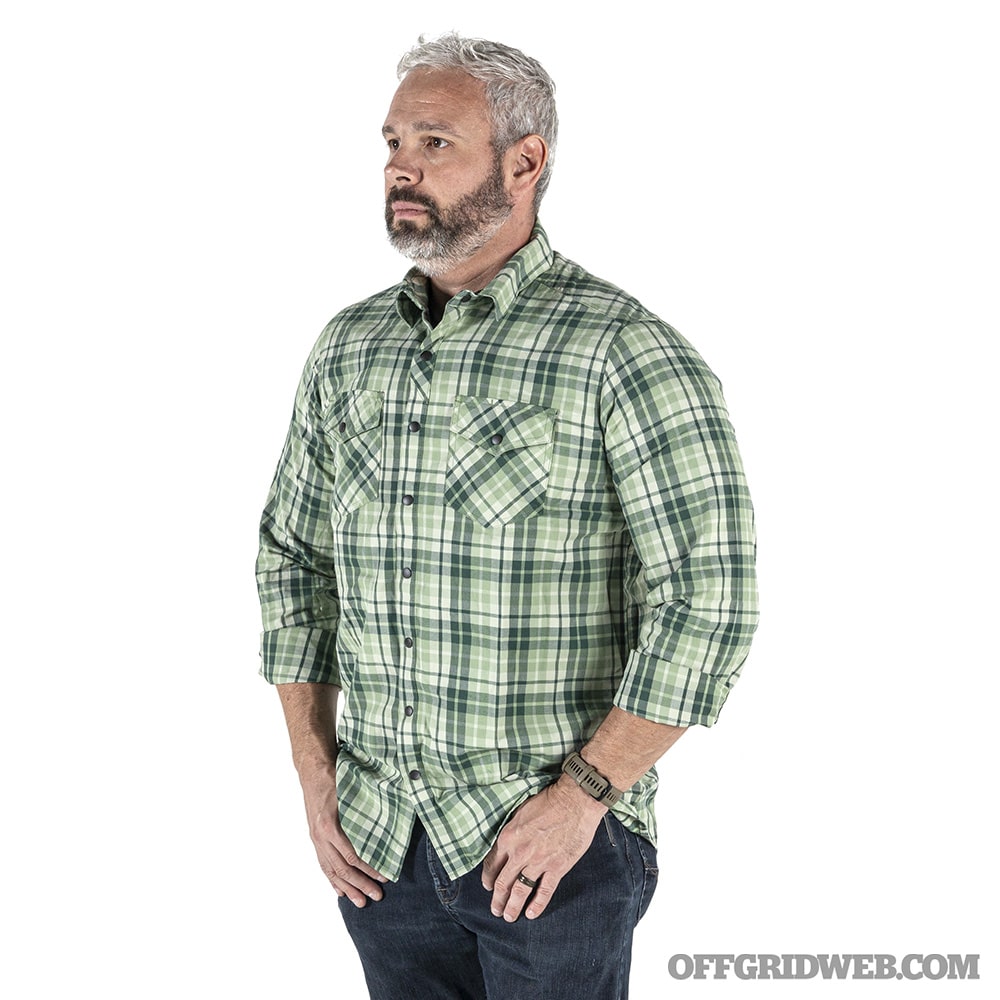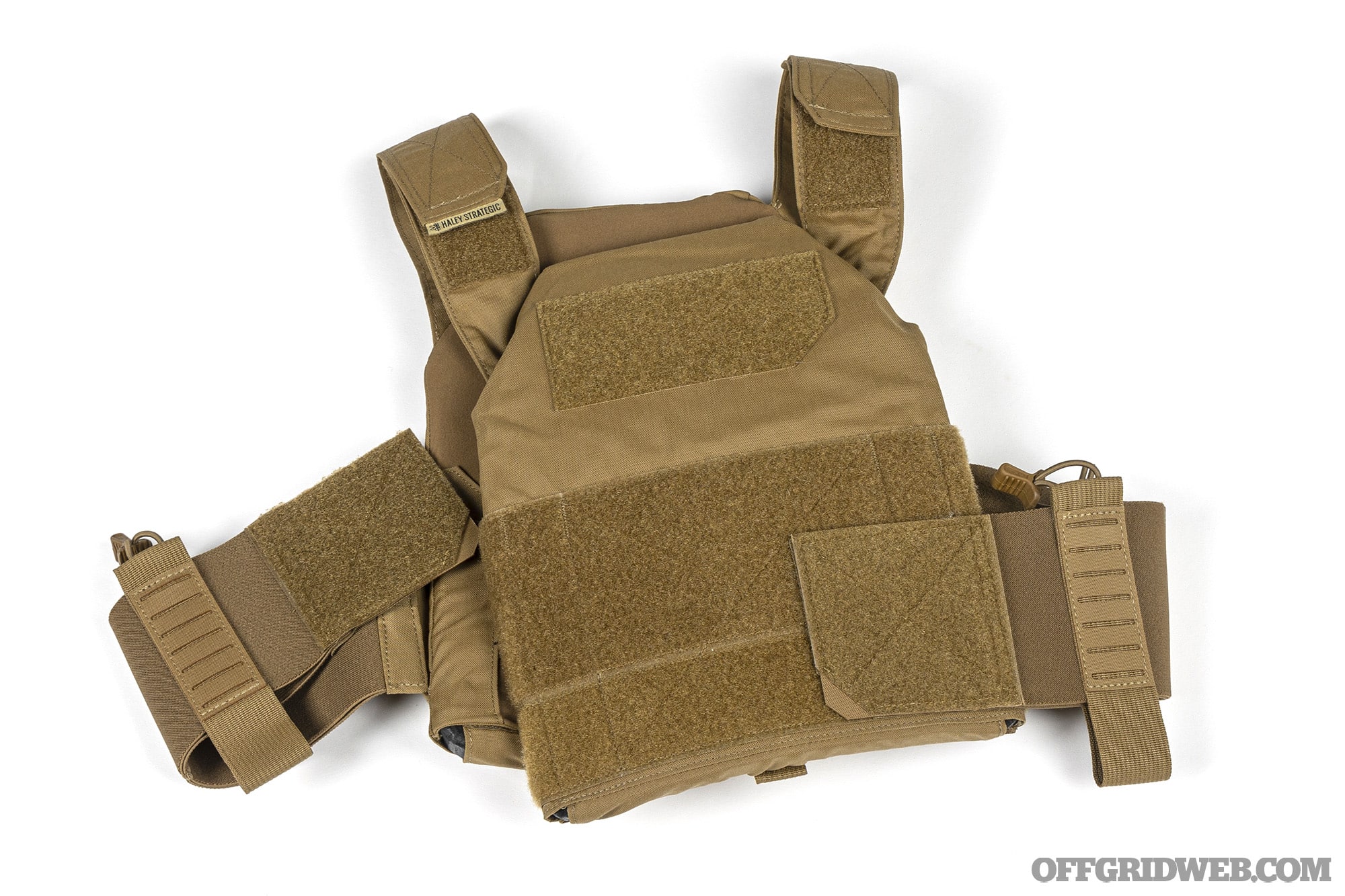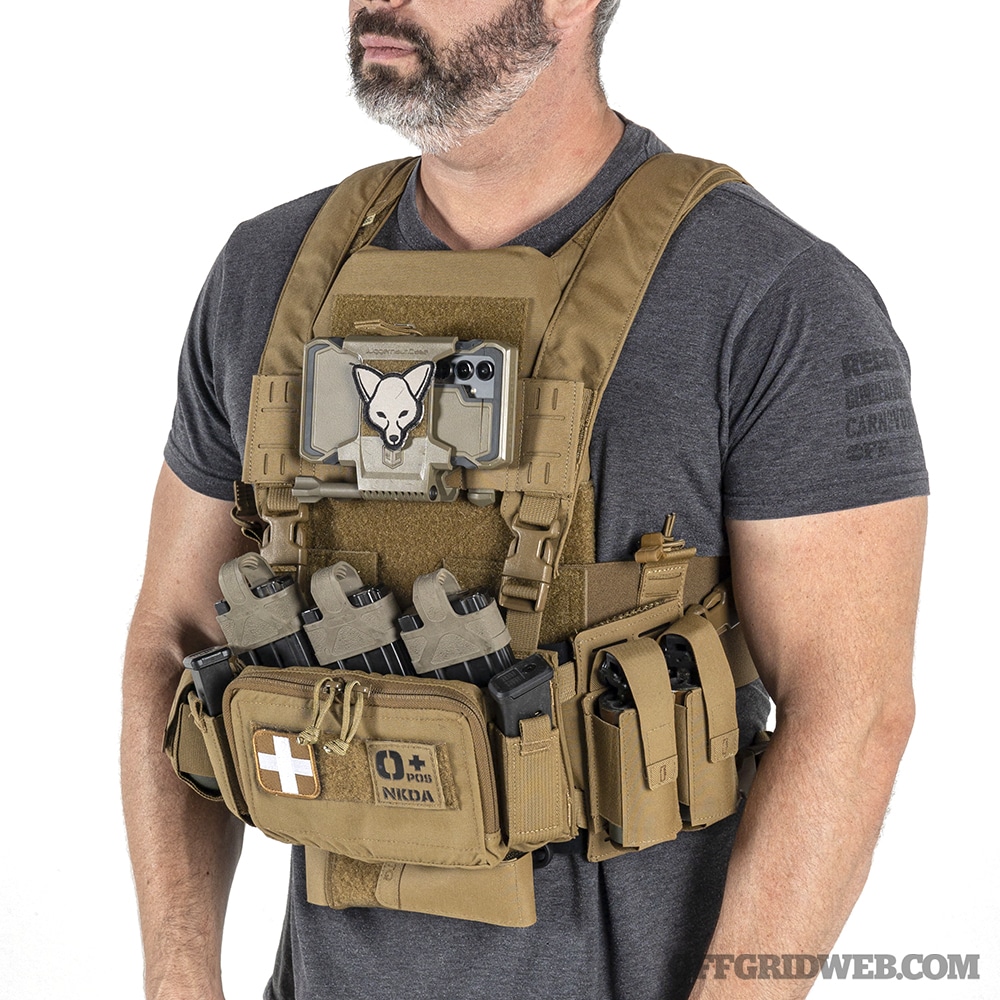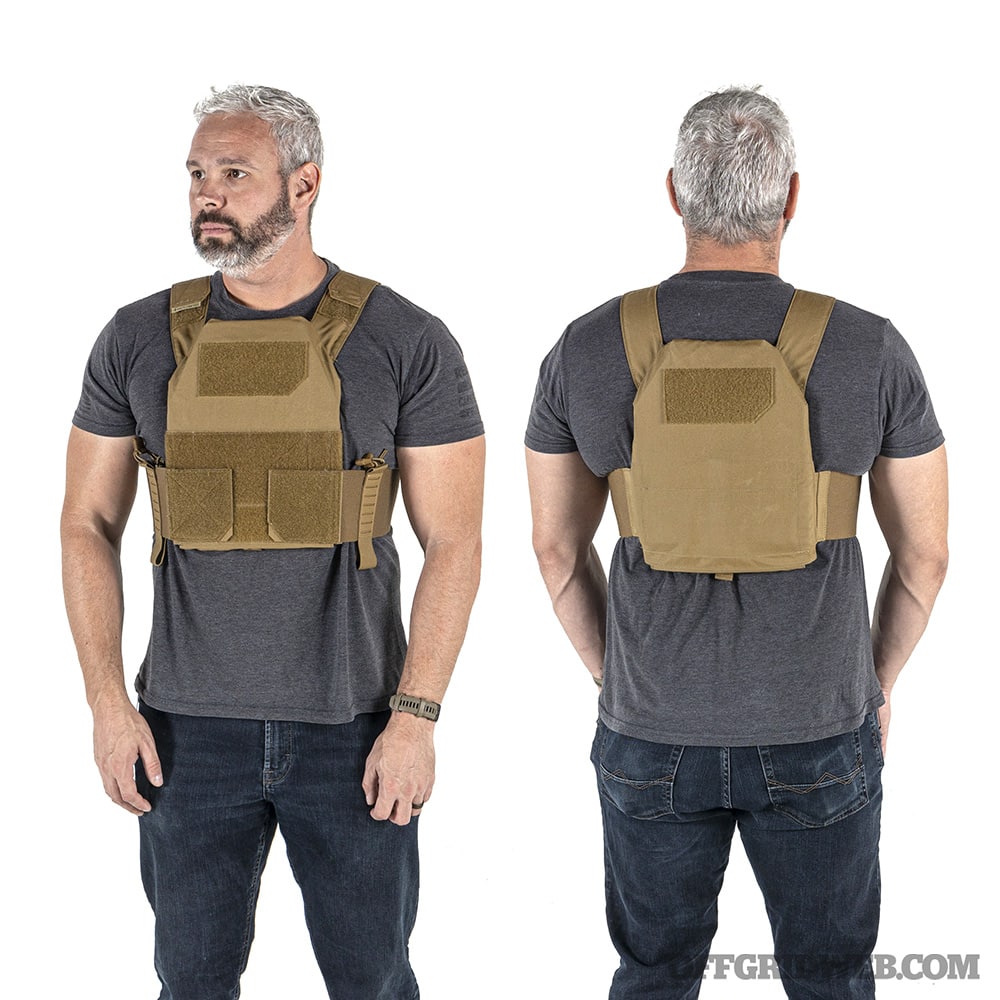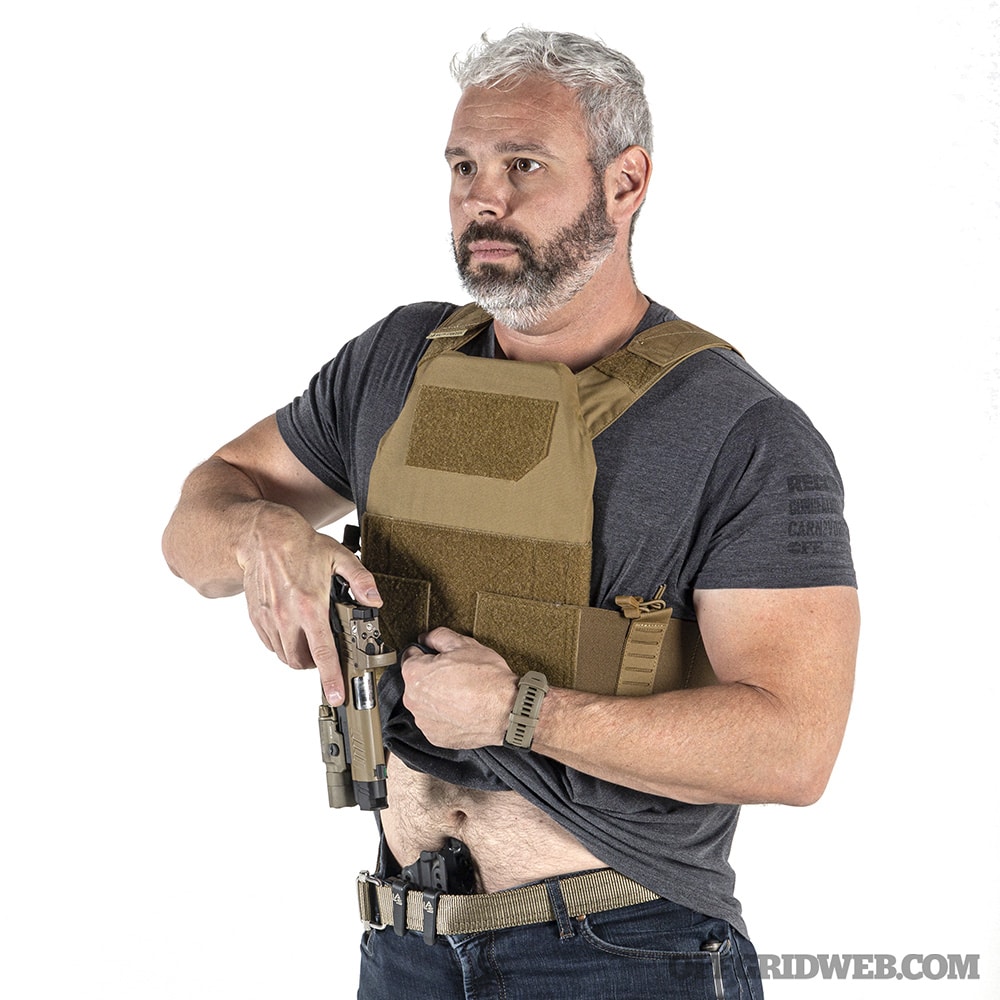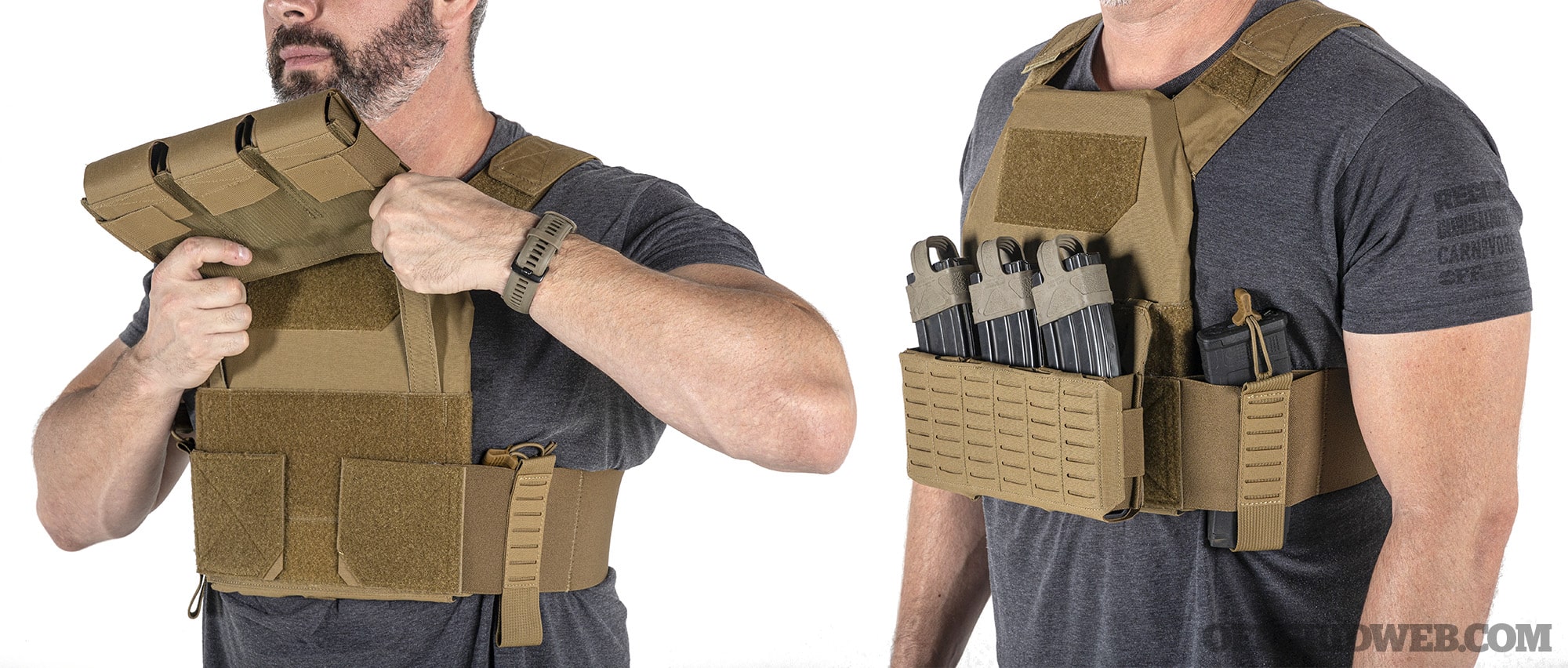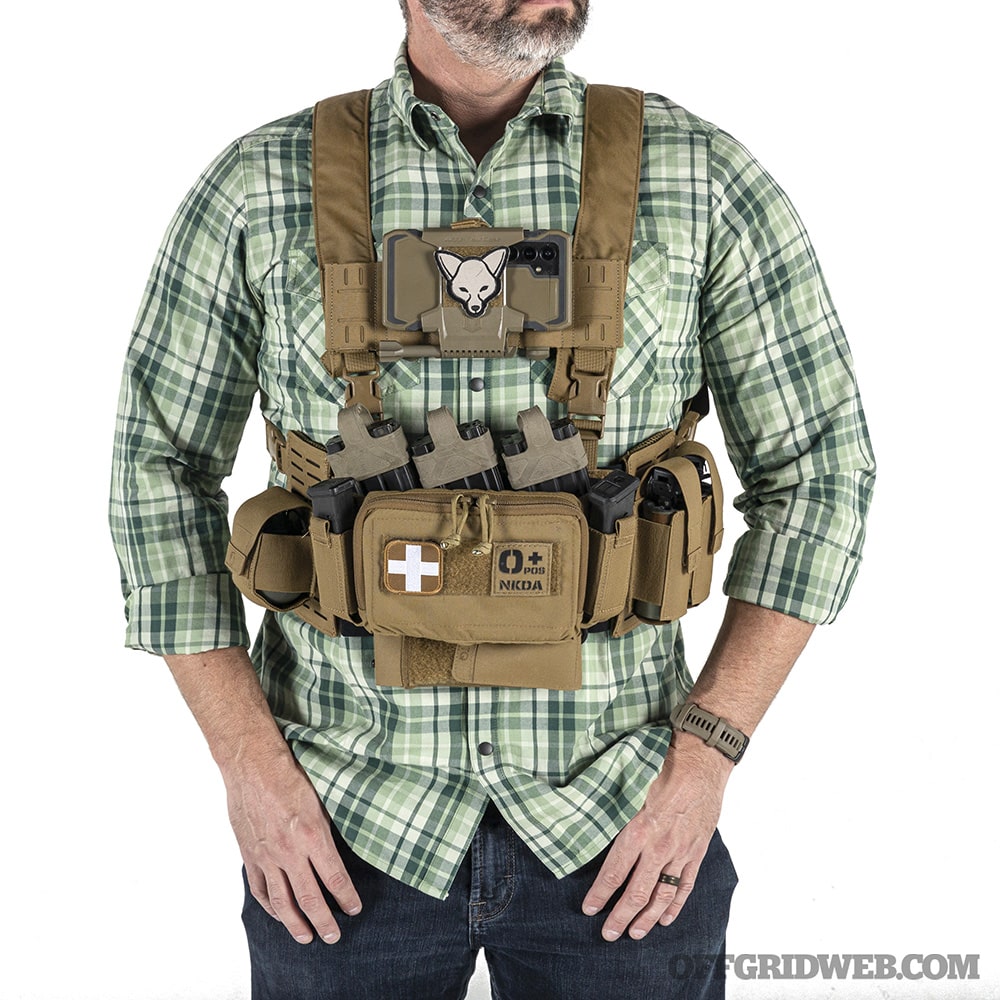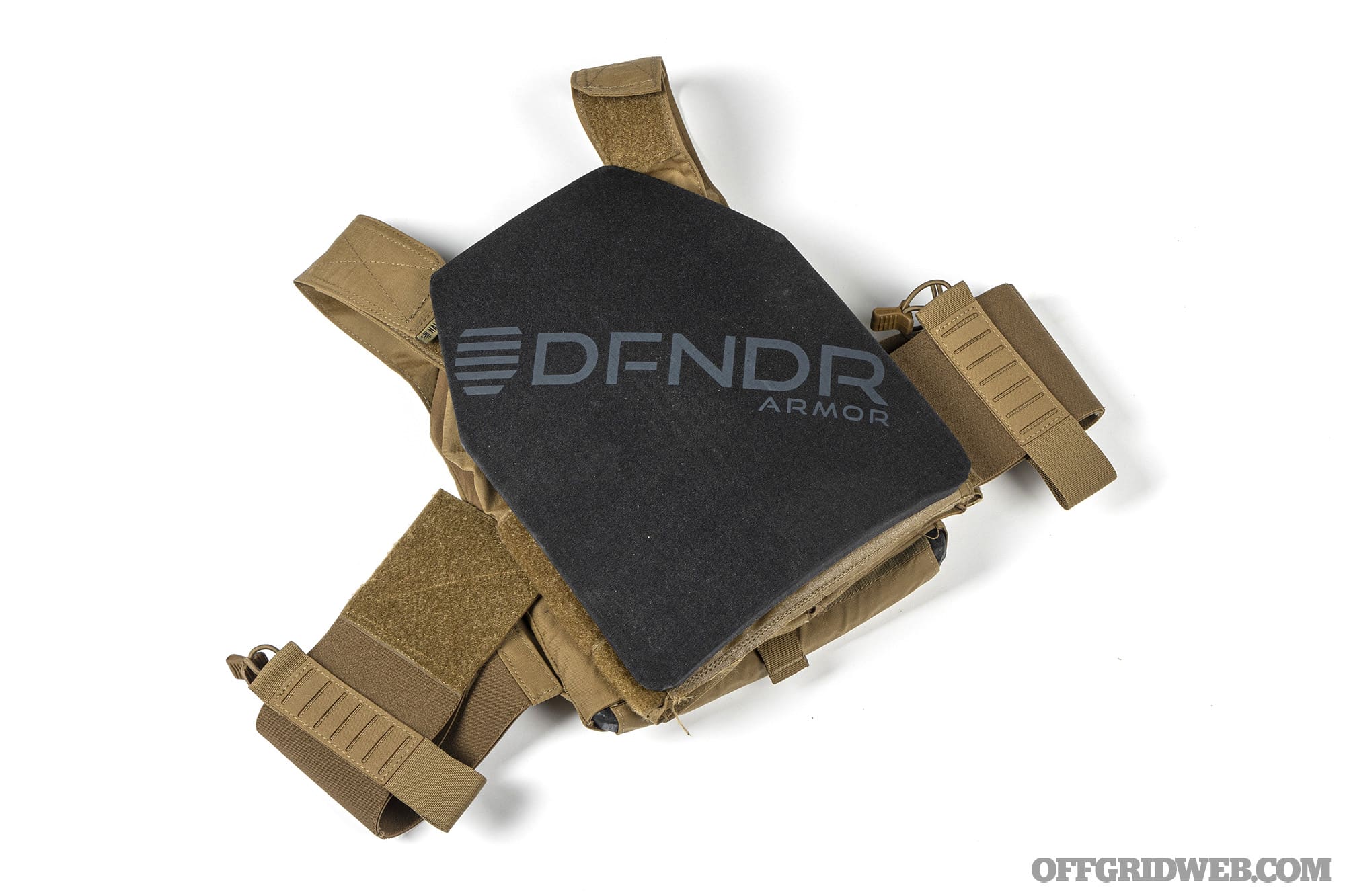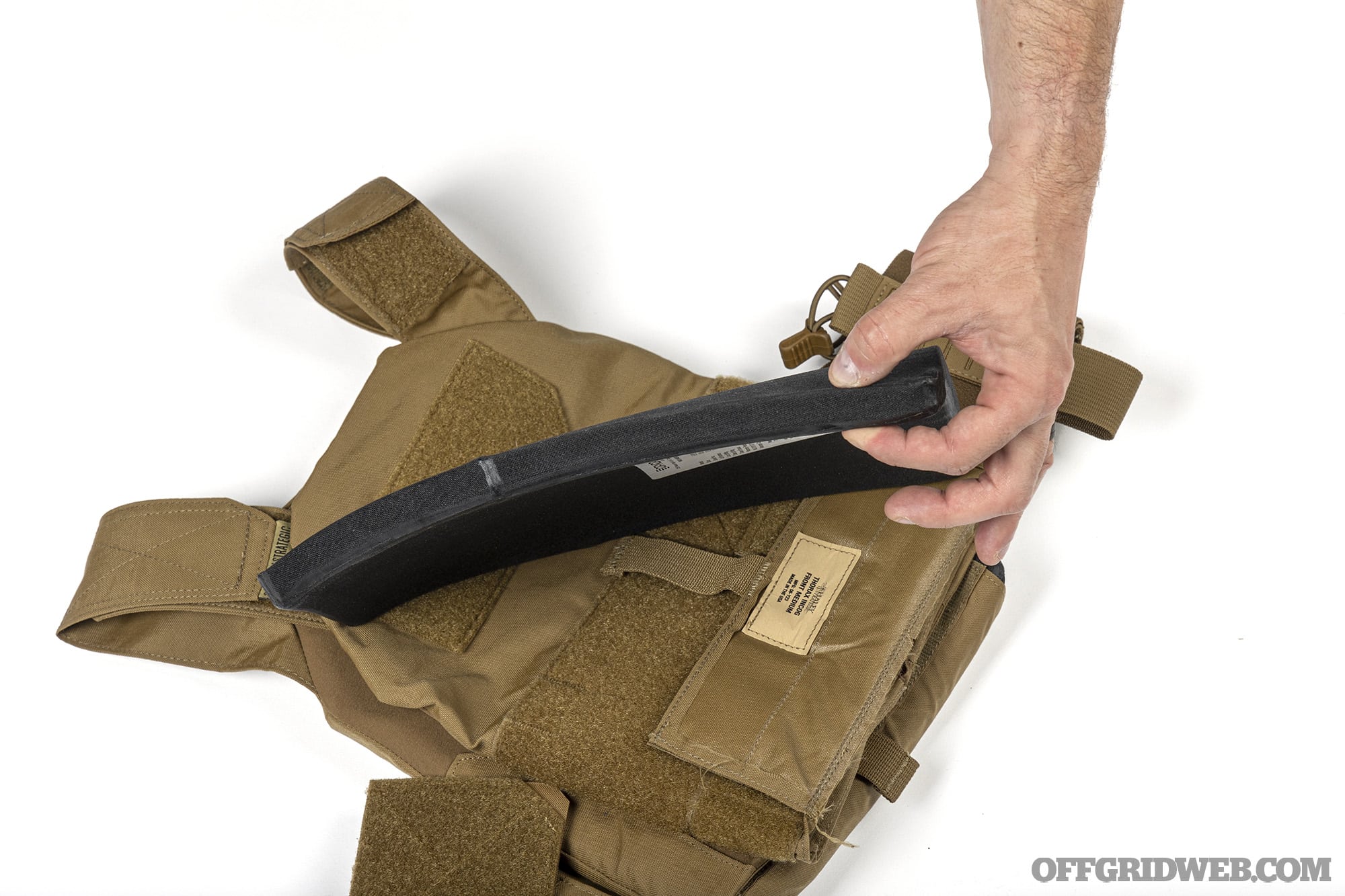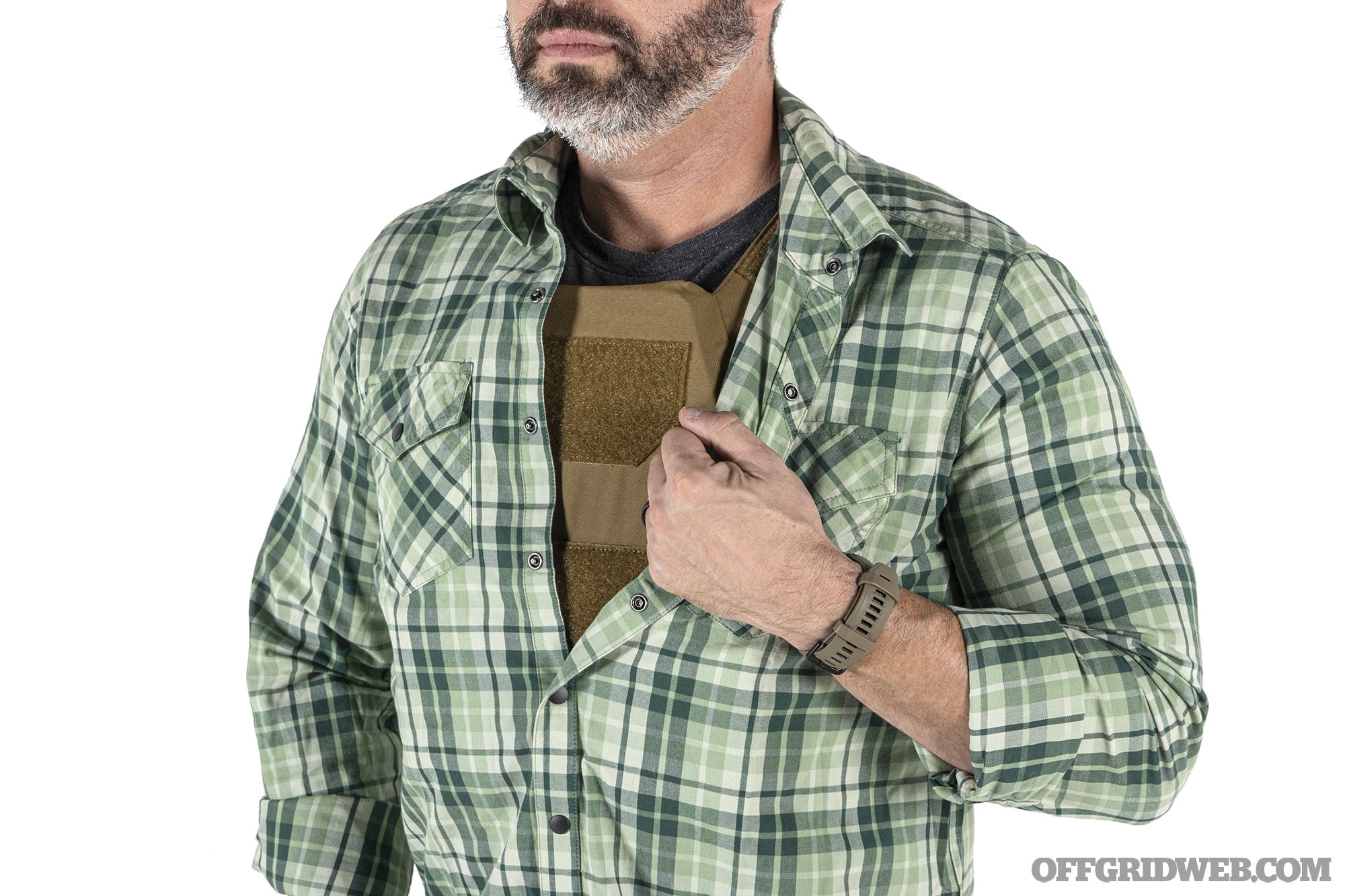In This Article
If we tried to account for every possible piece of equipment we would want to have in our survival kit during an emergency situation, the ideal gear loadout would probably require a 100 plus liter mountaineering pack to carry it all. For most of us, it is unrealistic to haul that much gear daily, and it would be a serious encumberment issue during an actual emergency that required movement. Beyond the obvious awkward pack size and the physical strain of carrying that much weight, the social aspect of running around with all that would definitely make you stand out from the crowd.
Survival Kits: The Eternal Struggle
In the early days of my preparedness journey, like so many others, I faced this issue. After multiple sessions of unpacking, negotiating with myself about priorities, and repacking just the “most important Items” I still found myself with a pack or sling bag that was too big or heavy to realistically be carried regularly. Which typically resulted in leaving the bag at home or in my trunk, separating me from the survival kit I would need in an emergency. As time went on, my skillset and knowledge improved. Combining that with some more real-world experience, I came to a profound realization that the best gear in an emergency is the gear you have on you!
I needed away to ensure that I always had potentially life saving equipment on my person and knew that there was a very real chance that I would be separated from my larger survival kit bag either due to an emergency or by virtue of not wanting to carry a large bag with me at all times. This is where the mini survival kit, or MSK for short, comes into play!
What is a Mini Survival Kit?
The basic principle of the mini survival kit is simple, it is a bare bones kit that you can easily keep on your person. When I began putting my MSK together, I realized it was not going to be designed to give me everything I needed to survive off the grid for days or weeks at a time. It is designed to provide some basic tools and supplies that would give me a leg up in an emergency until I could reach better equipment and tools.
Urban vs. Wilderness Survival Kit
A question I often see regarding the building of any survival kit is: should it be built for urban or wilderness environments? While dedicated full sized kits are best served for one task or the other, the mini survival kit can be well suited for both. The principles of survival are surprisingly similar in both locations. Core skills like starting a fire to keep warm and cook as well as purifying water for drinking and washing are universal needs regardless of your environment. Many of the tools I will detail when breaking down my personal mini survival kit are as well suited in the woods as they are in the city!
How To Carry a Mini Survival Kit
When it comes to how you carry your mini survival kit, personal preference is going to play a big role. Some people advocate stashing the various items on different parts of your body, but I found during high stress scenarios fumbling around your pockets to find what I needed was not advantageous. I found my personal mini survival kit to be better suited for single container carry. I tried multiple containers, including hard plastic cases, Altoids tins, and high-end billet aluminum containers. The Altoids tin was a touch on the small side, and the other plastic and aluminum boxes felt unwieldly in my pocket. Ultimately, I came to my current configuration and haven’t looked back!
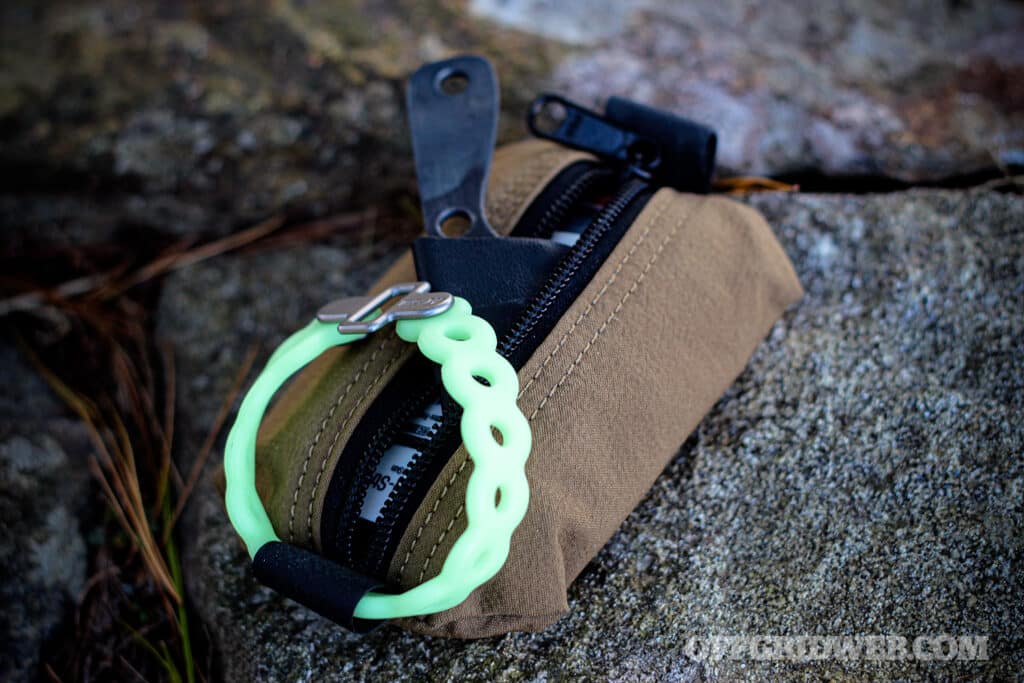
Above: The Tuff Possum Pocket Possibles Pouch with Modl Outdoors Glow in the Dark Infinity Tool and a Knives By Nuge PSK EDN
Mini Survival Kit Container
Tuff Possum Pocket Possibles Pouch: This small pouch is compact at just 3.5 x 5 inches. It is made from Durastretch nylon that is both lightweight and tough. It features a quality YKK zipper and has rubberized tabs at each end. Despite the small size, the Pocket Possibles Pouch can hold a fair amount of kit thanks to the center zipper and stretchy material.
Modl Infinity Tool: A small tool with so many purposes. This glow in the dark version acts as my grab handle for the pouch but can also be used to as a way to attach or hang the pouch if needed or act as a signal device while it glows in the dark if you need to conserve battery power on your other light sources.
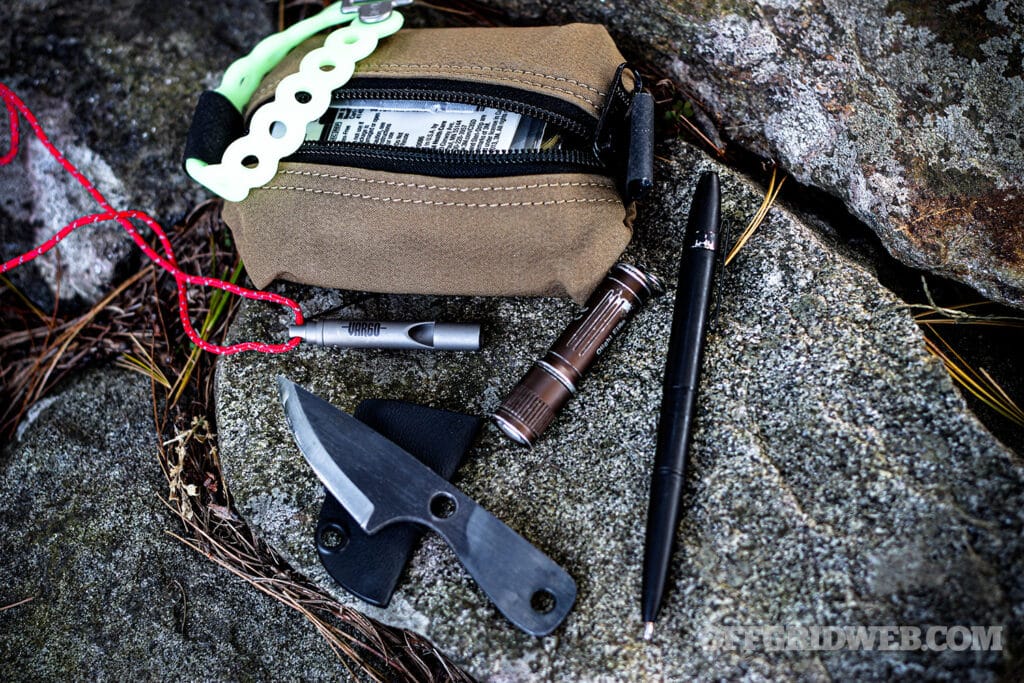
Above: Some of the Tools in my Mini Survival Kit. Vargo Titanium Whistle, Olight I3E EOS, Fisher Bullet Space Pen, and a Knives By Nuge PSK EDN
Mini Survival Kit Tools
Knives by Nuge PSK EDN: This simple high carbon steel knife and basic kydex sheath combo ensure that I have a cutting tool when I need it. This knife sports a 2-inch scandi grind blade and an overall length of just 4.25 inches. While it is not big enough to be a comfortable all-day user, it a very functional or durable backup blade. The Scandi grind is ideal for processing wood to carve makeshift tools or make tinder for a fire, and it can be easily sharpened on any flat stone you find if needed. The spine is ground to a 90-degree angle, allowing for scraping tasks and striking a ferrocerium rod to make fire.
Vargo Outdoors Titanium Whistle: This whistle is small and super lightweight, but it makes a big sound! It weighs a mere tenth of an ounce and produces 100+ decibels, making it an ideal signaling device to alert search and rescue personnel of your location while expending very little energy.
Fisher Bullet Space Pen: This compact pen is capable of writing in just about any environment, including underwater, or as the name indicates in space. This is particularly helpful in wet or cold environments where most pens would not be functional. While the pen is an often-overlooked piece of survival equipment the ability to take notes or leave messages can be invaluable if you want to leave a warning about a threat in the area to others or need to move from a location and you want to let people know where you were moving and why.
Olight I3E EOS: This tiny flashlight runs on a single AAA battery and produces an impressive 90 lumens. It will run from 45 to 90 minutes depending on the quality of the battery used, making it an ideal backup light or emergency use light. Flashlights not only enable us to better navigate in the dark, they can also serve as a valuable signaling device if stuck outdoors at night.
ITS Tactical First Strike Bypass Bundle: This kit contains a variety of tools that are designed to help bypass several different types of locks. While bypass tools are not as effective at defeating locks as a traditional pick set, they can defeat many padlock and combination locks quickly and requires less technical skill to use, which may be particularly valuable in low light environments.
Mini Ferrocerium Rod: Ferro rods are a great option to help get fires started, especially in cold, wet, or windy environments. The sparks coming off a ferro rod can be over 5000 degrees Fahrenheit, which will quickly ignite many flammable materials. In this kit, I would use the spine of the PSK EDN to strike the ferro rod. While ferro rods are effective, they do require some practice, so be sure to train with your tools before you rely on them!
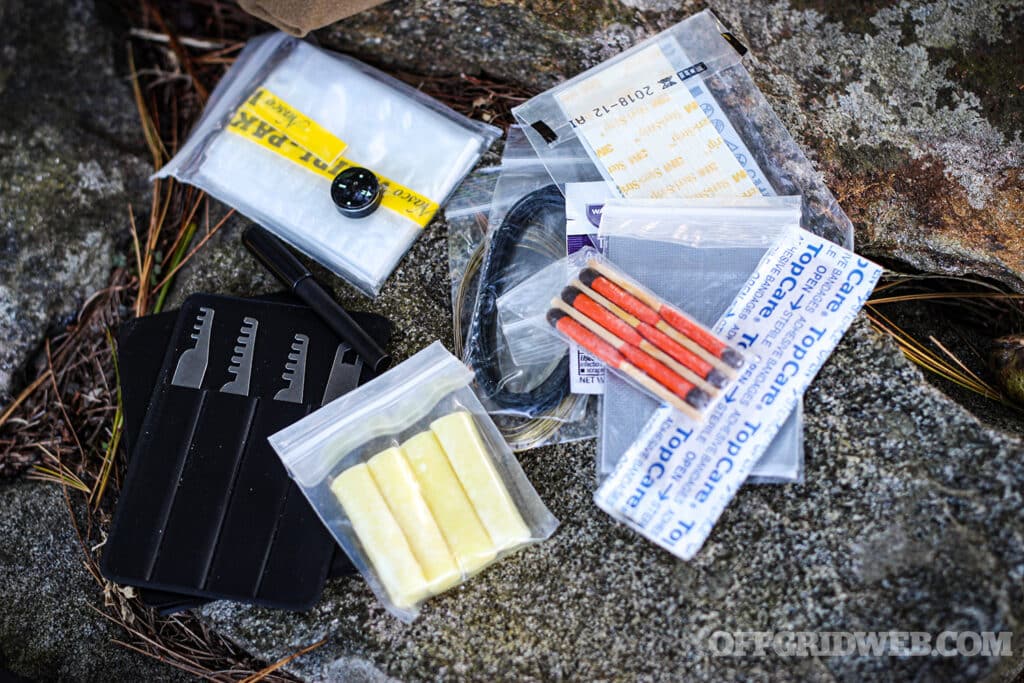
Above: A few more tools including the ITS Tactical First Strike Bypass Bundle and mini ferro rod along with some of the supplies that make the kit work.
Mini Survival Kit Supplies
Basic First Aid: I keep first aid pretty bare bones with a few bandages, some Steristrips for larger cuts, antibiotic gel, sting relief, and burn cream. While none of this covers any catastrophic injuries, it covers a majority of the minor injuries that can occur while moving quickly.
Water: I have a 1 liter whirl pack bag and a chemical purification agent that will allow me to treat river water or even some urban water supplies to ensure I stay hydrated in the short term. Dehydration has a terrible impact on our bodies, making us physically weak and mentally dull. Having easy access to drinkable water during an emergency allows us to keep moving until we can reach a better solution.
Fire: Storm Matches and Black Beard Fire Plugs are a great way to get a fire going even in adverse conditions. I have a lot of fire redundancy in this kit, but fire is a universal resource in both wilderness and urban survival situations. While many people don’t initially think that fire is valuable in a urban environment, you’ll quickly change your mind when you are forced to dumpster dive for food and want to cook your find to ensure you are killing off any harmful microbes on that food!
Duct Tape: Let’s be real, no survival kit is complete without some duct tape! From repairing gear to binding a wound a duct tape is an invaluable resource that should not be overlooked.
Kevlar Cord and Snare Wire: Kevlar Cord can be used to bind things if needed, replace busted shoelace, or even cut through materials such as the plastic often used in restraints such as zip ties and thick duct tape. Snare wire is primarily used for trapping small animals should you need a meal but can also be used for a variety of other purposes such as setting up perimeter warning systems so you can get out fast before a potential threat reaches you.
Button Compass: While the compact button compass is not the most reliable means of navigation, it may be enough to help you get your bearings and get you moving in the right direction.
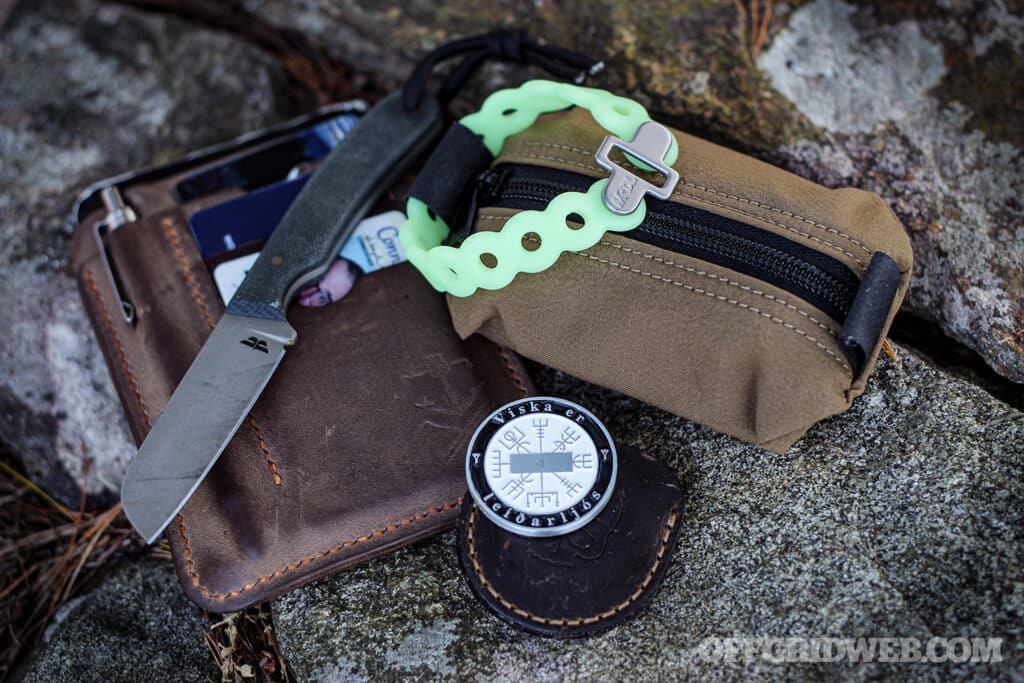
Above: Some of my regular EDC items including a Failsafe Goods Field Wallet that holds a pen, notebook, and Wazoo Gear FireCard and a Knives by Nuge Sheepsfoot Chickpea along side my Mini Survival Kit
Final Thoughts
When I put this kit together, I built it to complement the gear that I would normally carry on a regular basis, but I wanted to ensure it could stand alone if needed. I keep my normal everyday carry pretty simple with a fixed blade knife, a flashlight, a Wazoo Spark Necklace as well as a wallet with a pen, notebook, and Wazoo FireCard. In an emergency, I already have my primary cutting tool, the ability to make fire, something to light the way, and can take notes or leave messages if needed. I purposely built redundancy into the mini survival kit should I become separated from my primary tools or experience equipment failure. While this kit will not sustain me over the long-term, each of these items presents a significant advantage during a variety of wilderness or urban emergencies allowing me to focus on fast movement to reach a secure and better equipped location instead of spending valuable time trying to find resources to accomplish essential life sustaining tasks.
Sources
- Tuff Possum Gear
- Modl Outdoors
- Knives By Nuge
- Vargo Outdoors
- Fisher Space Pen
- Olight
- ITS Tactical
- Wazoo Gear
- Black Beard Fire
Read More
Don’t miss essential survival insights—sign up for Recoil Offgrid’s free newsletter today!
- Urban Survival Challenge: C-Note Shopping Spree
- Blood and Thunder: Reviving Primitive Wilderness Survival Skills
- How to Plan and Pack Your Go Bag
- Video: Building a $10 Survival Kit at the Dollar Store
- Grid Down, On the Go
Check out our other publications on the web: Recoil | Gun Digest | Blade | RecoilTV | RECOILtv (YouTube)

